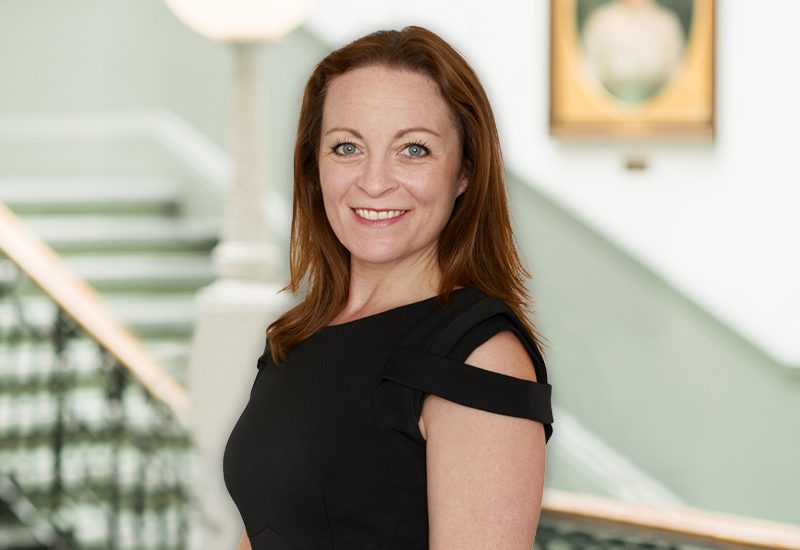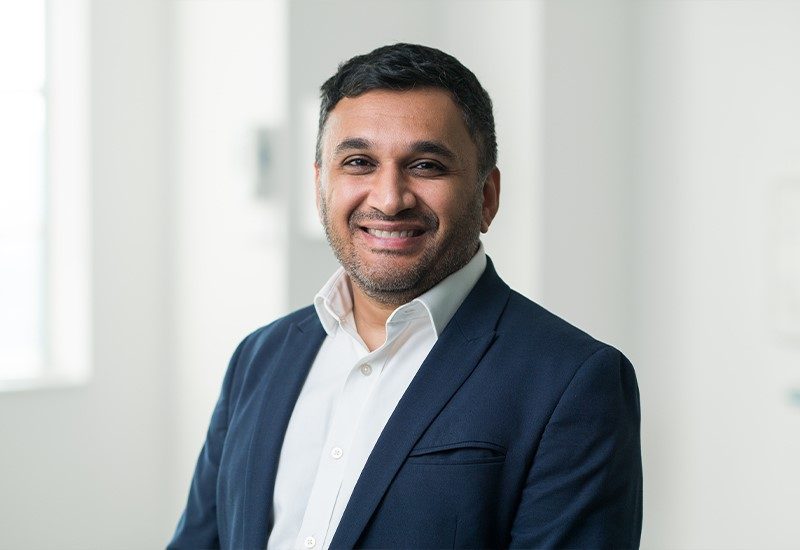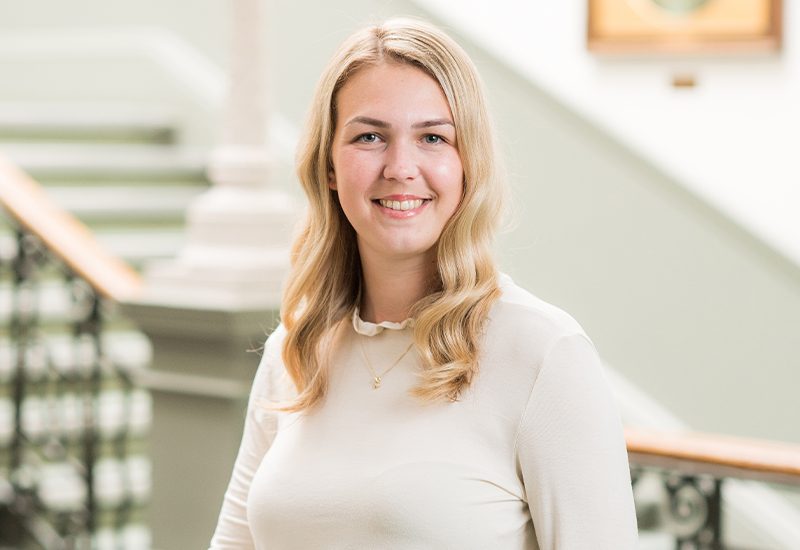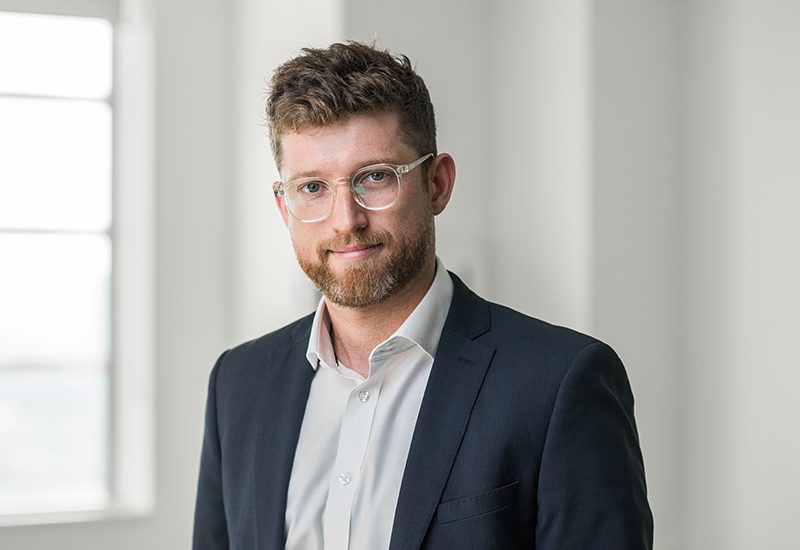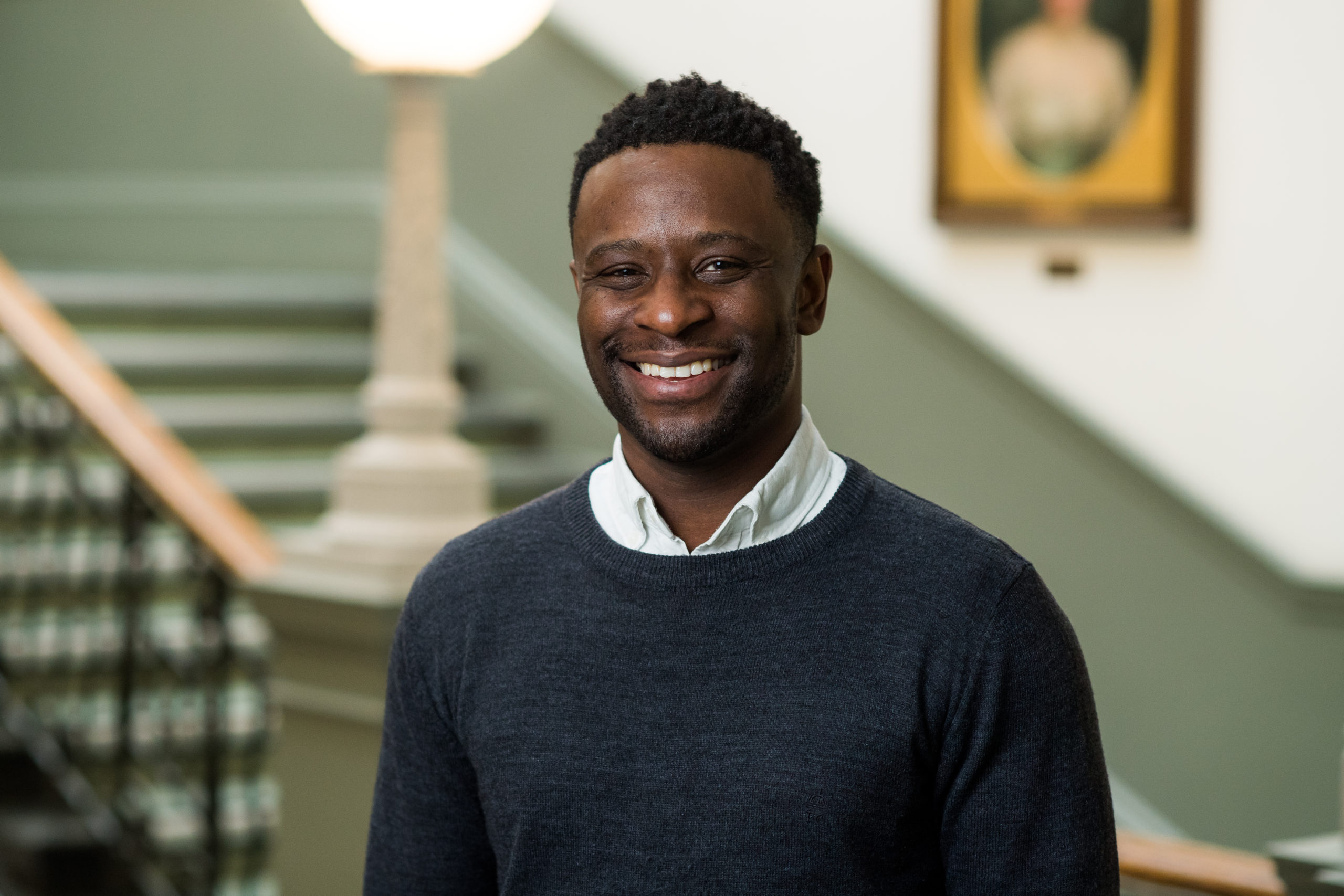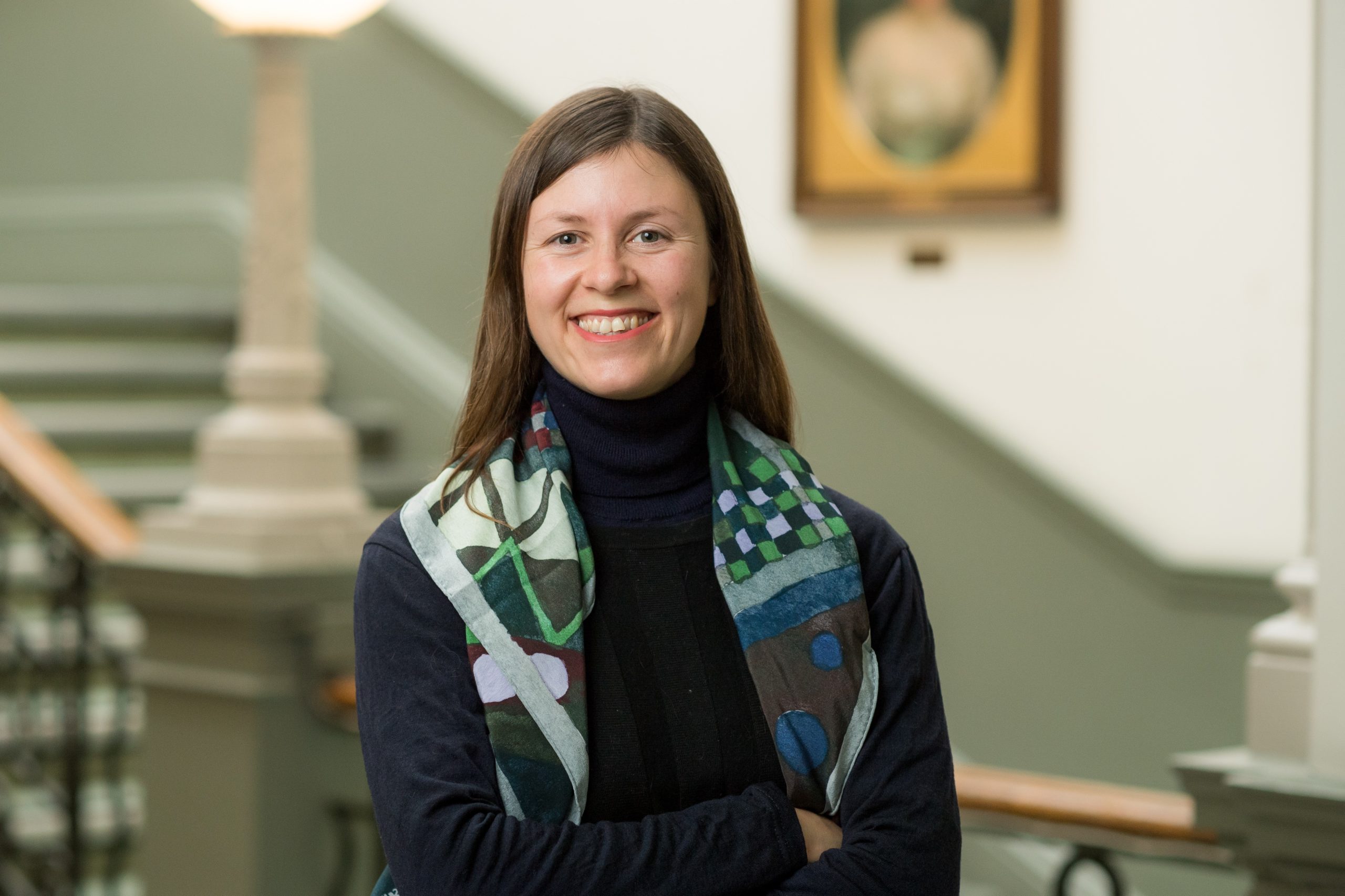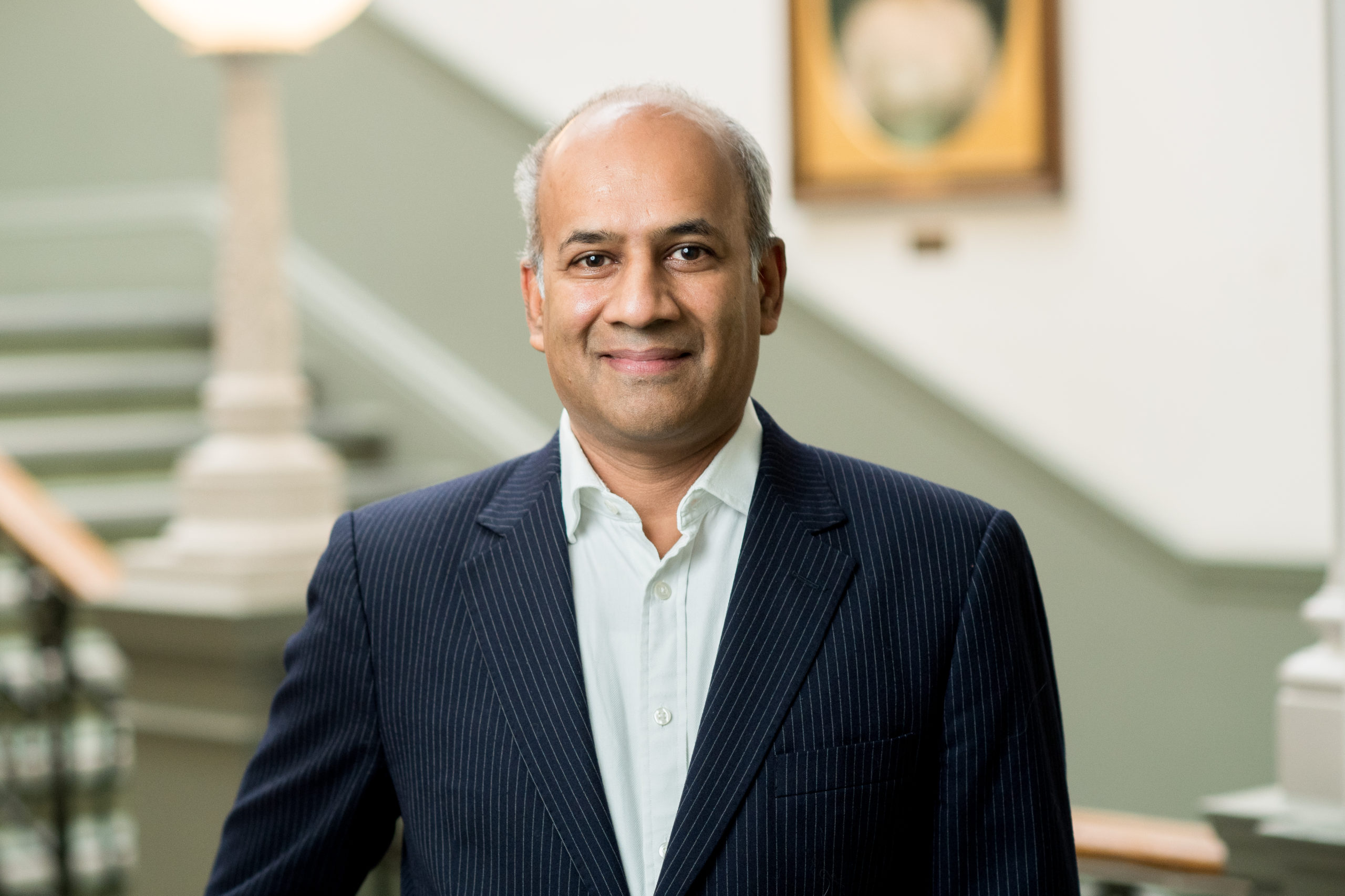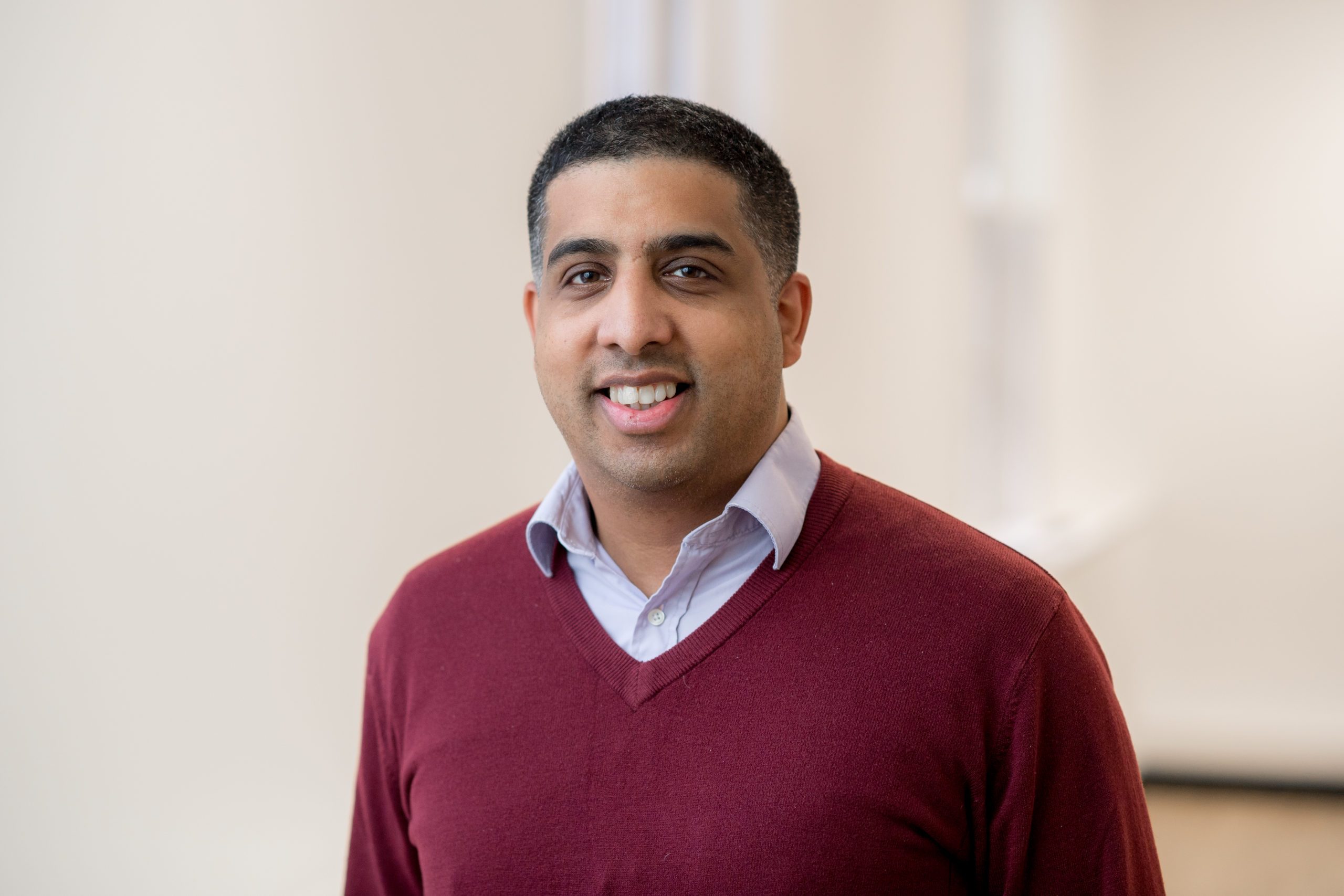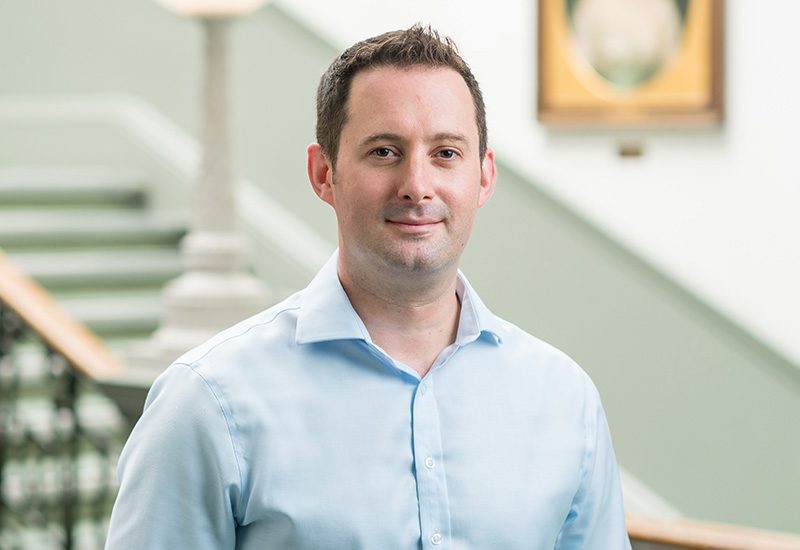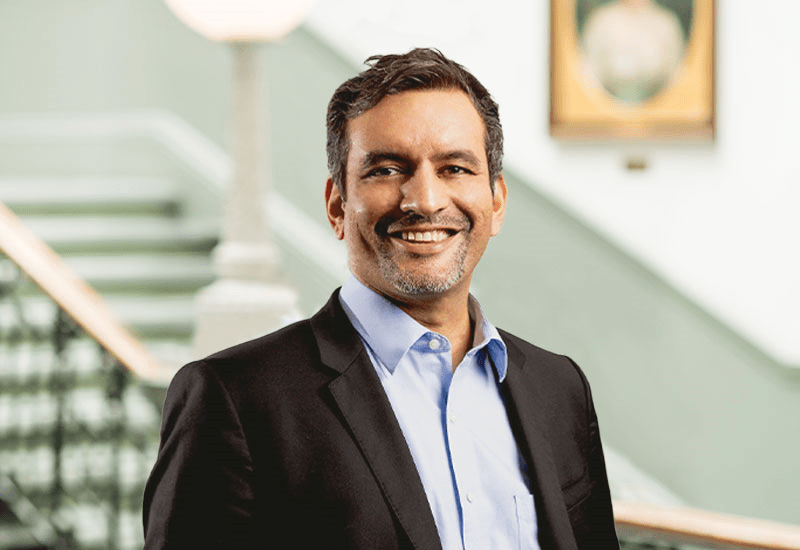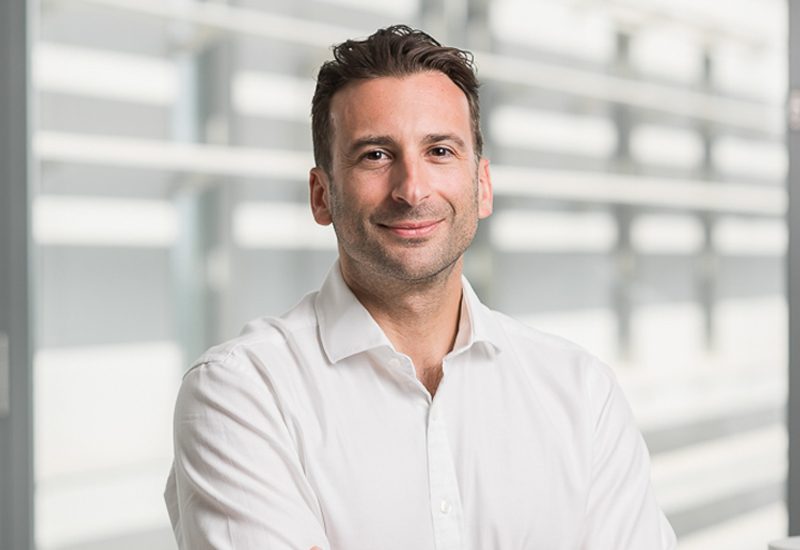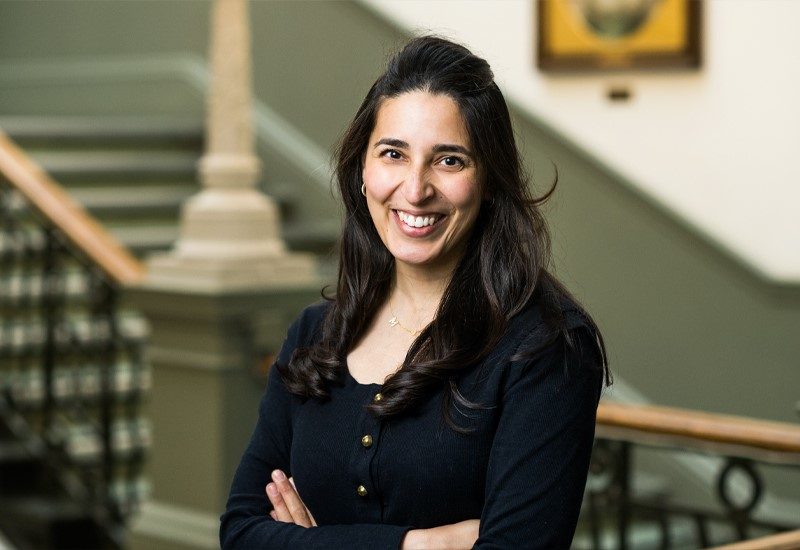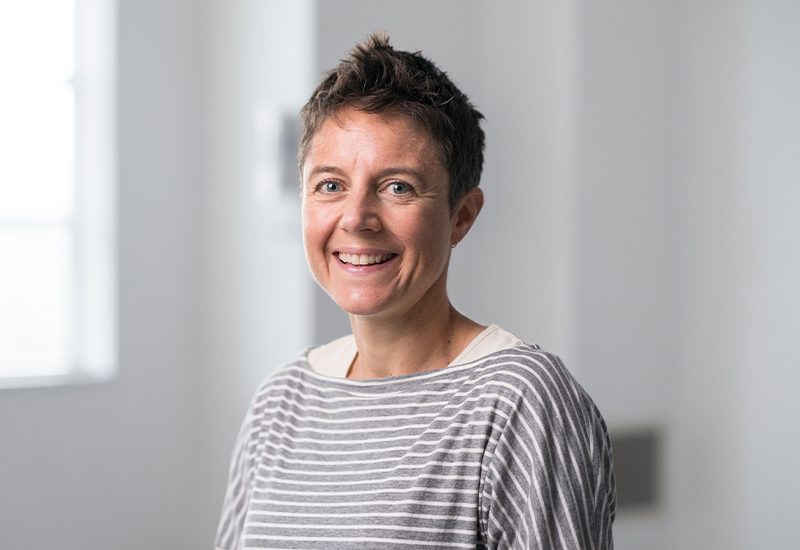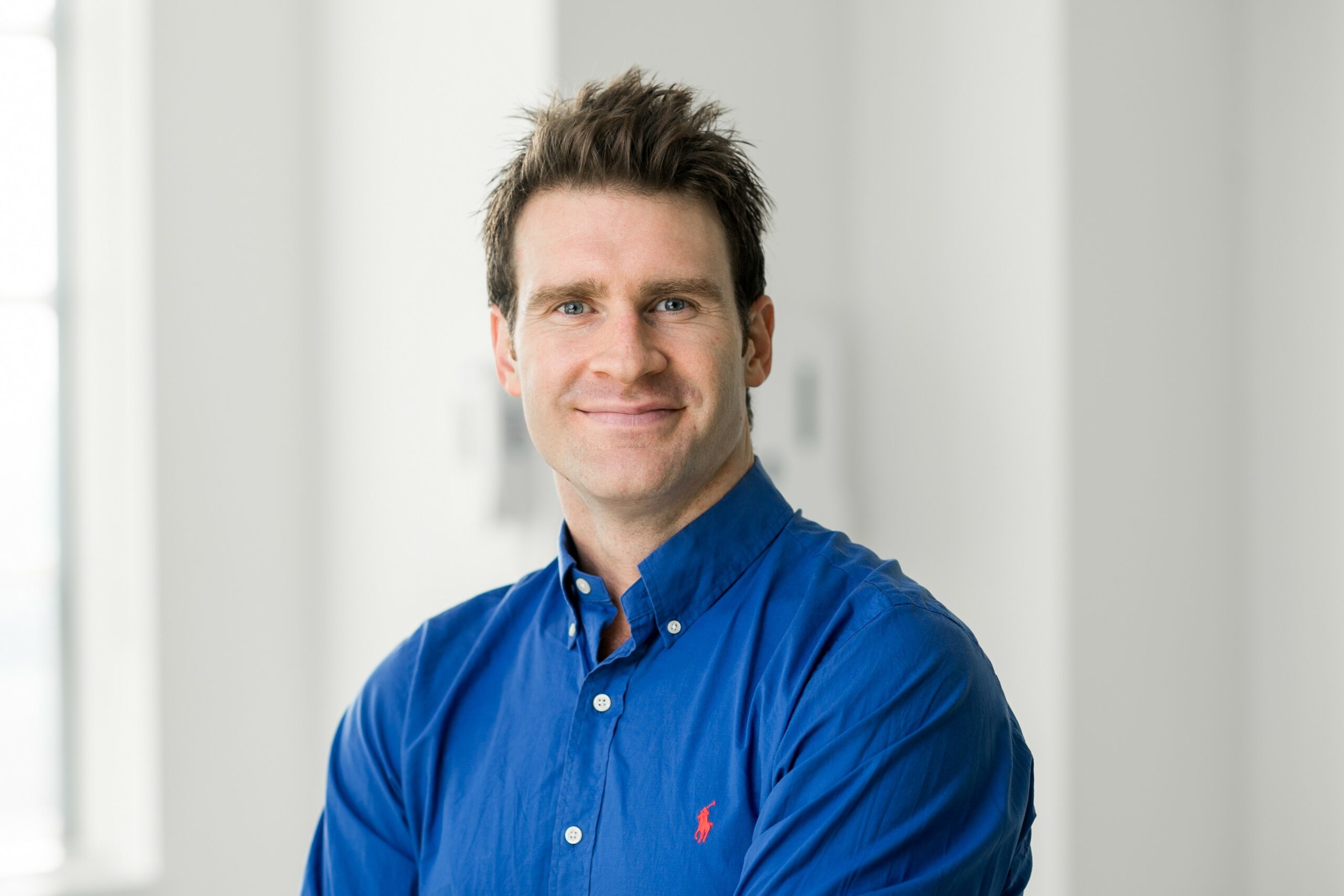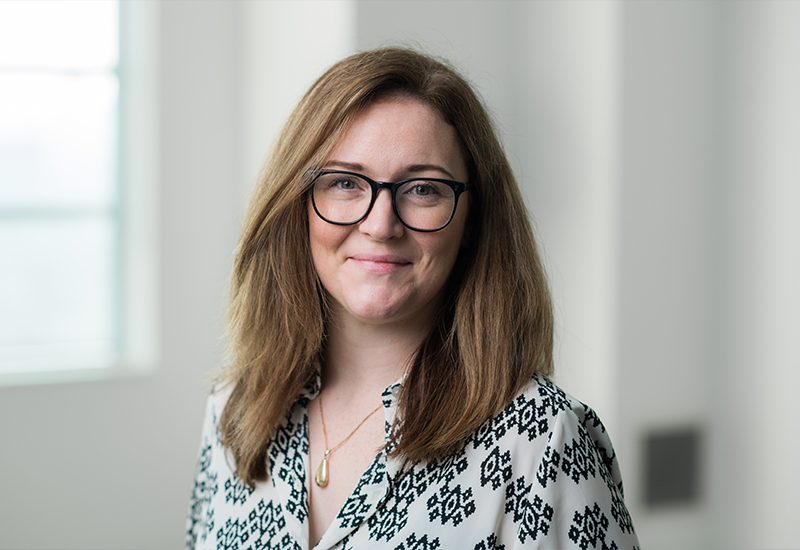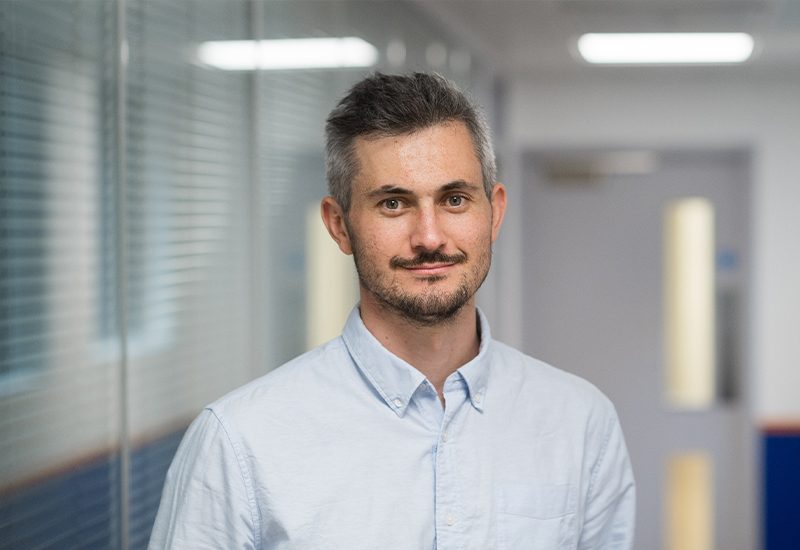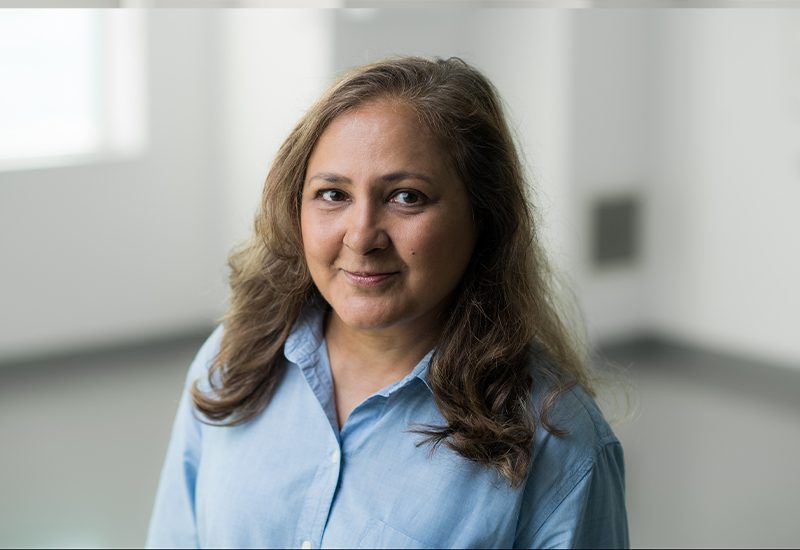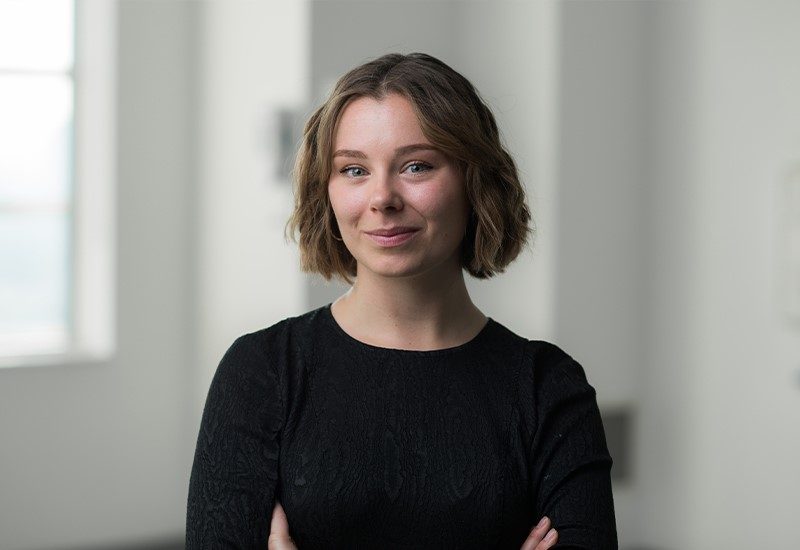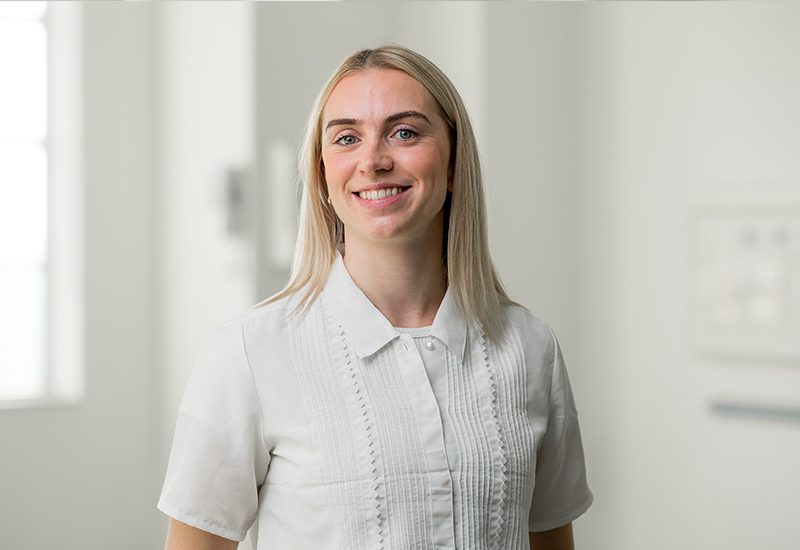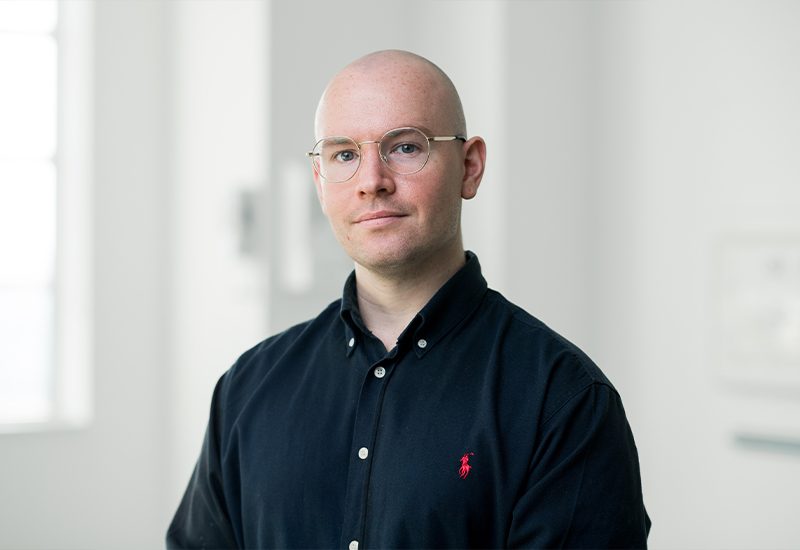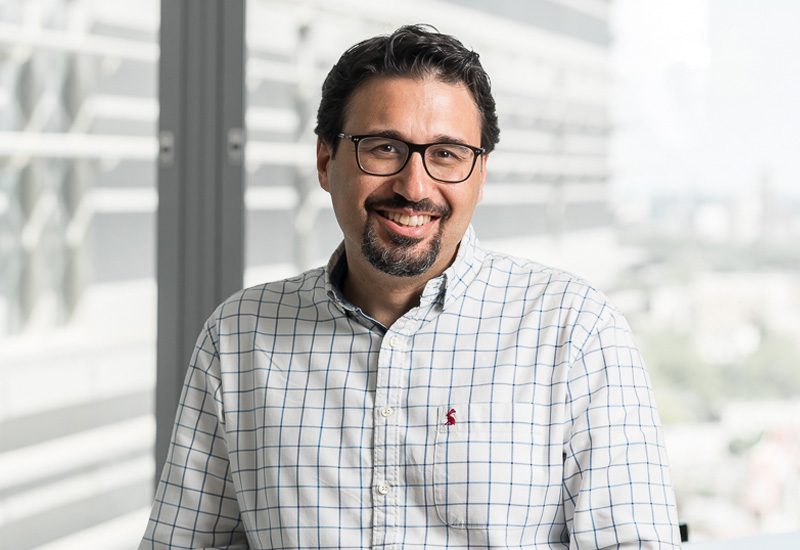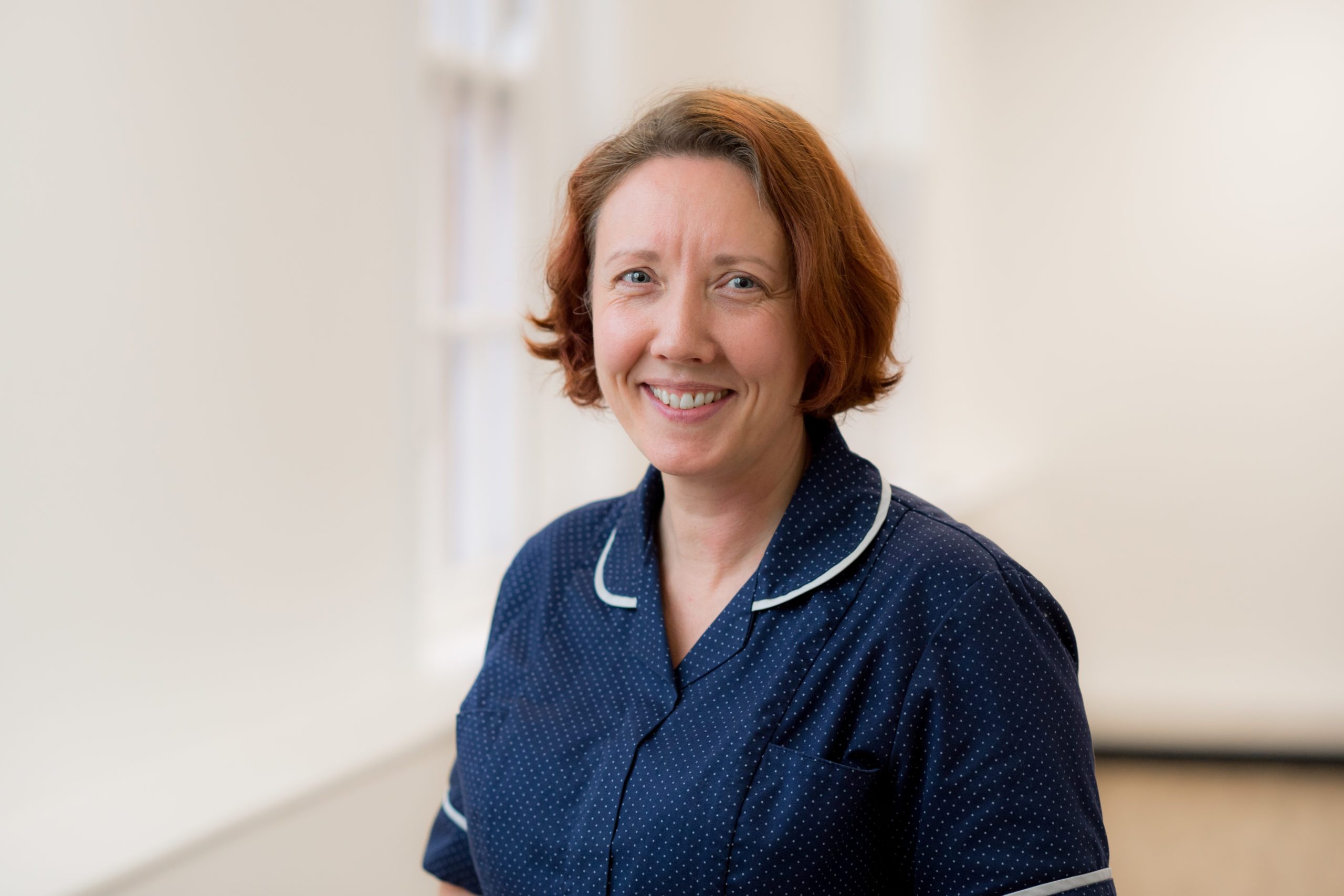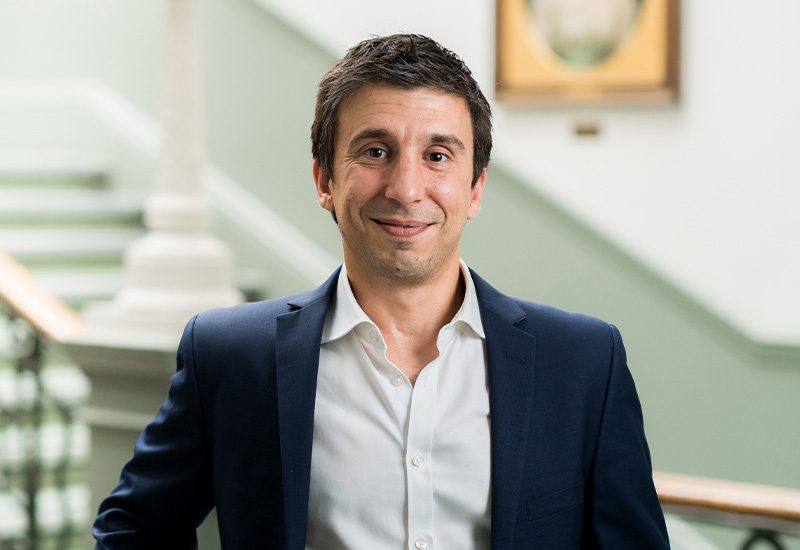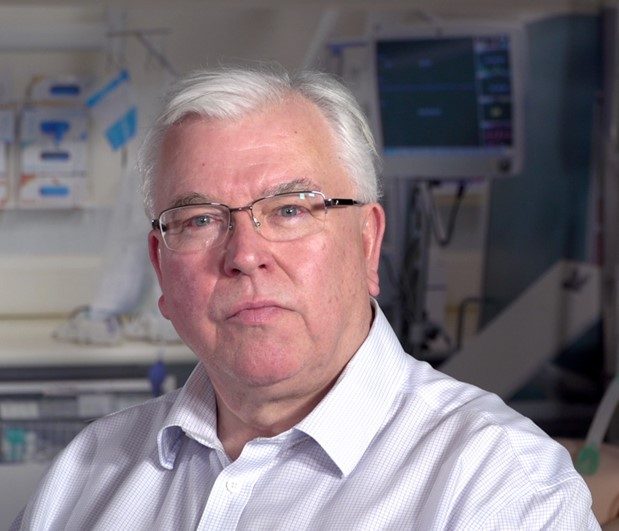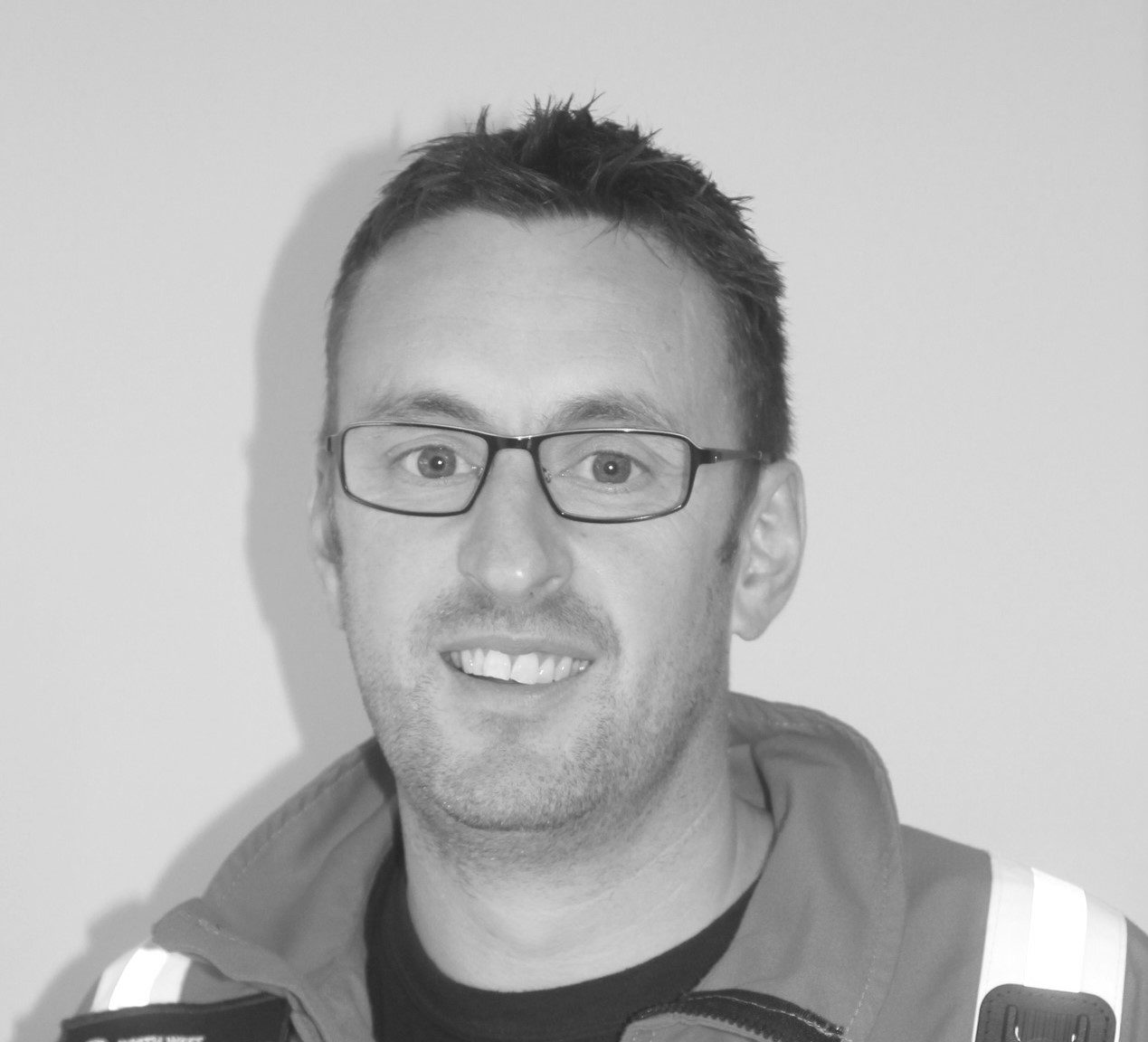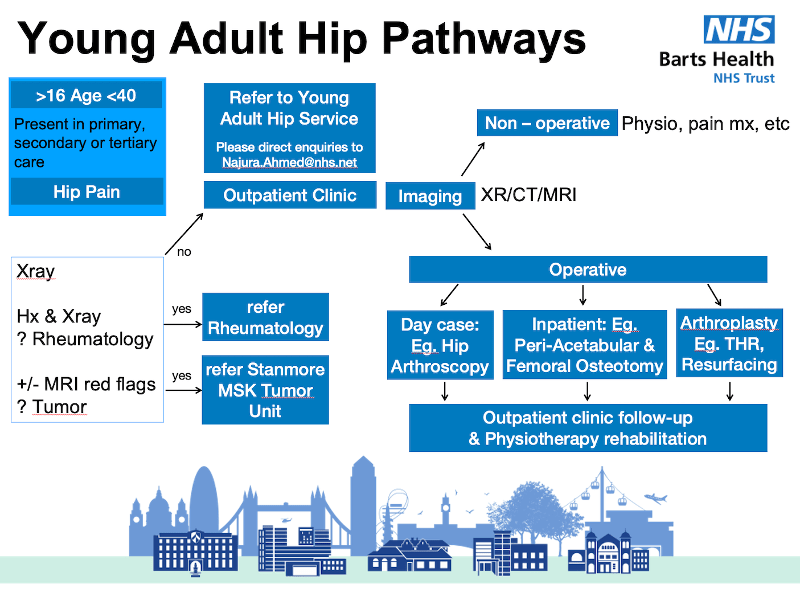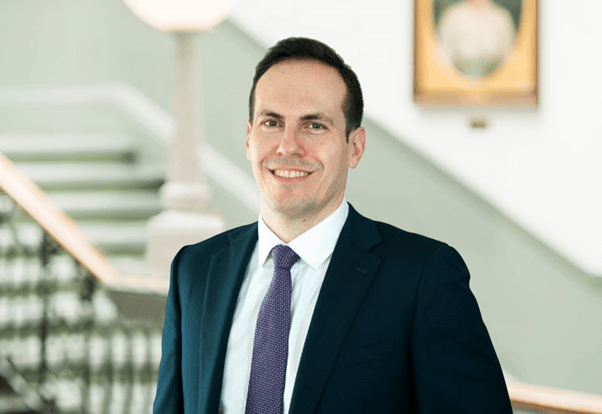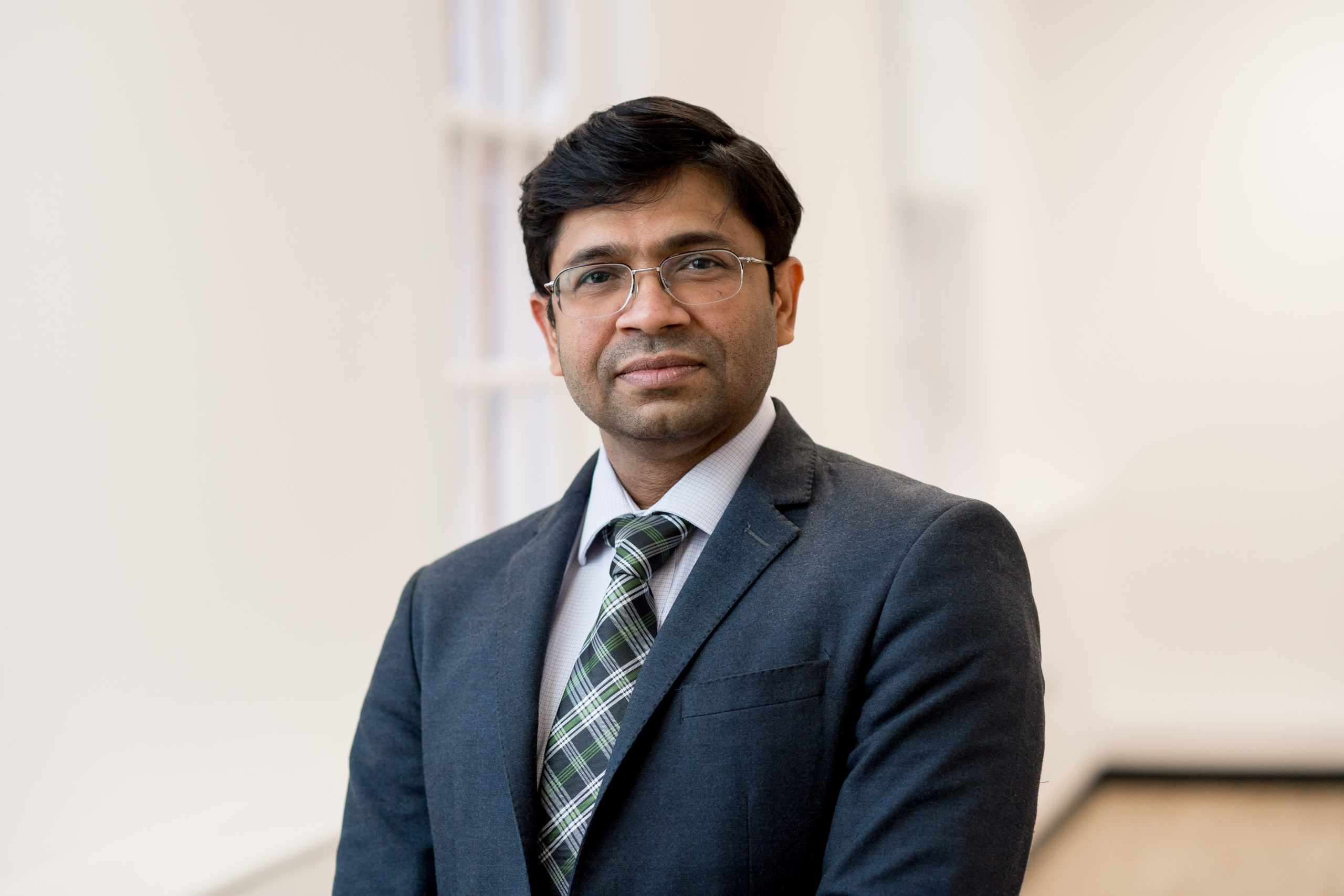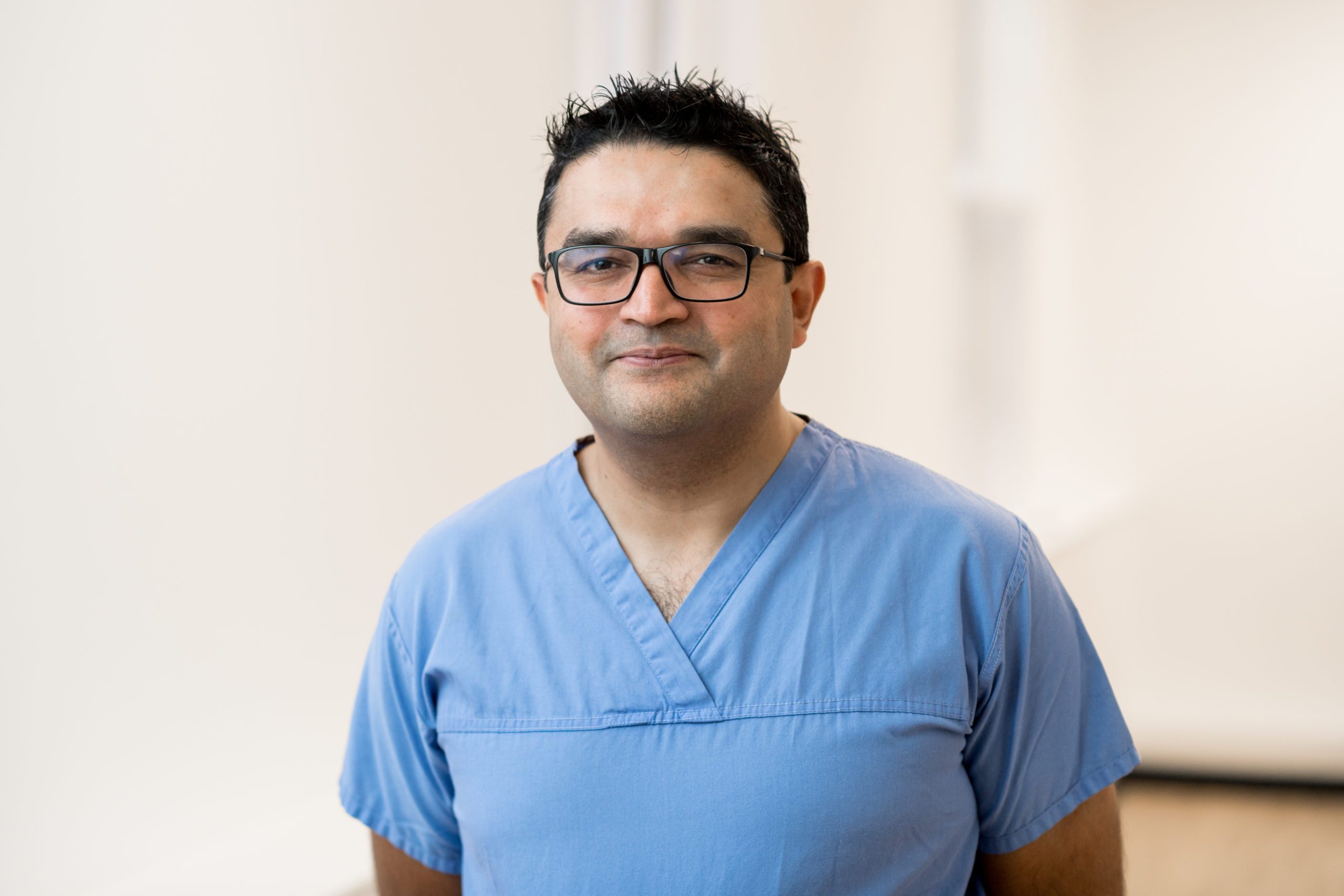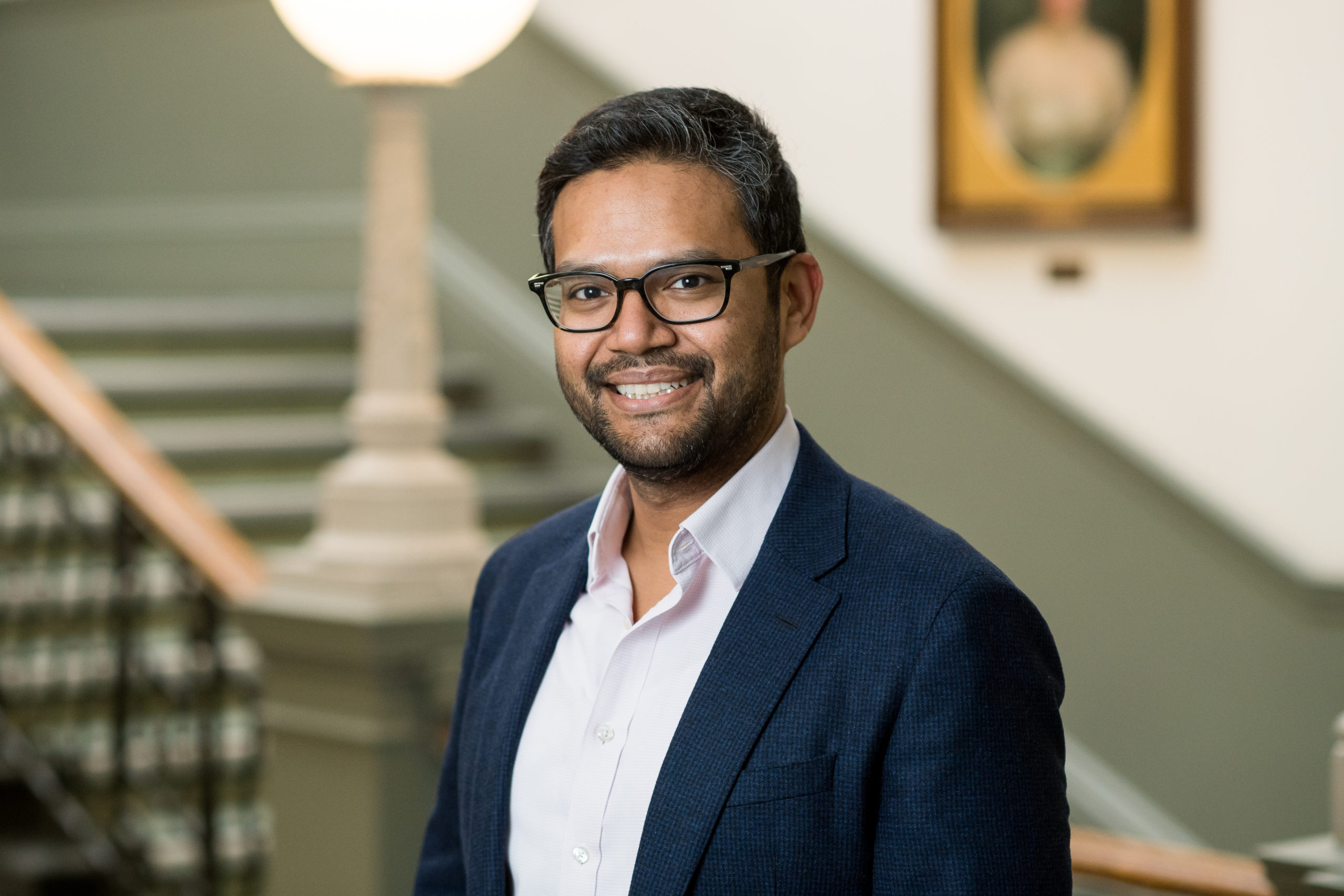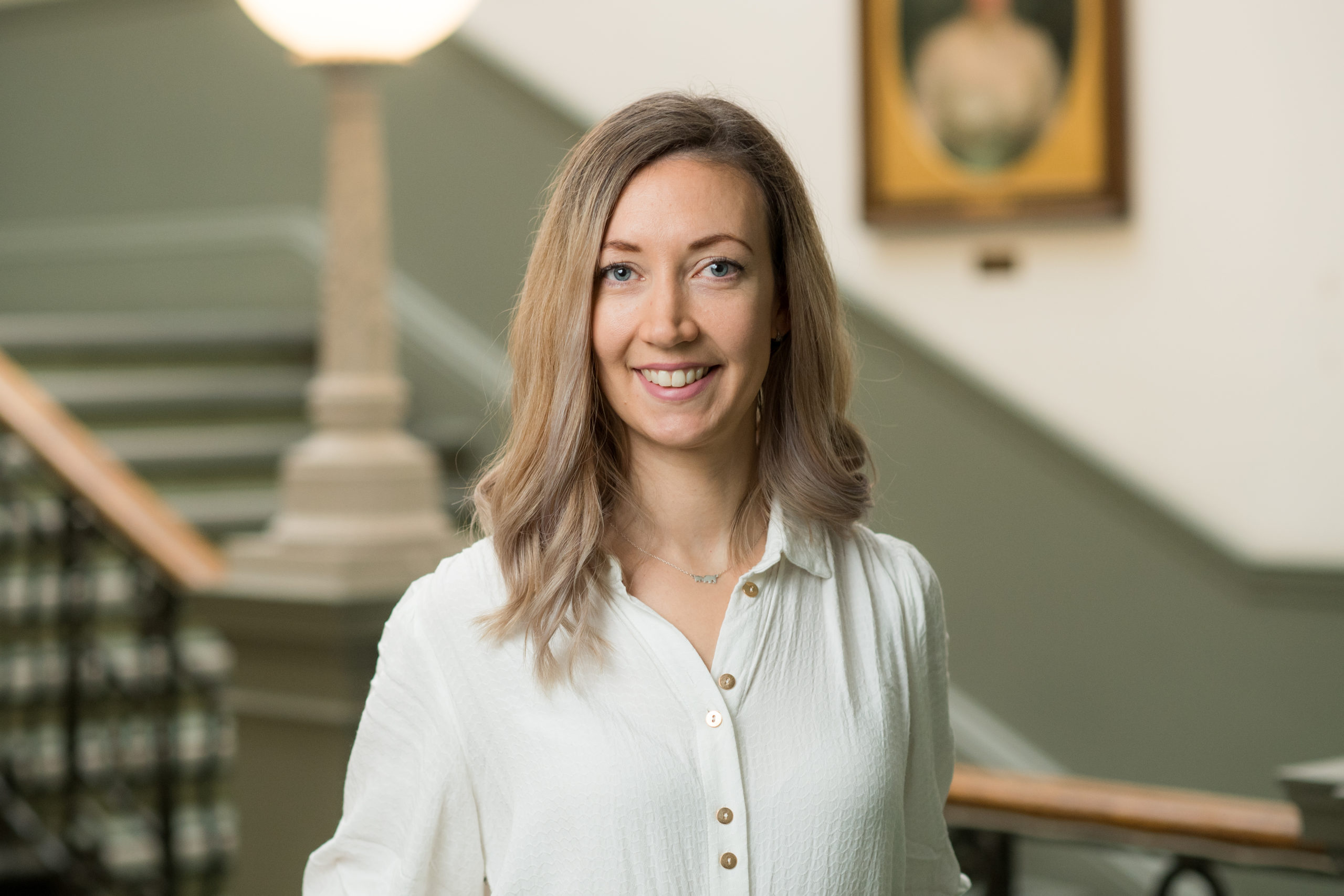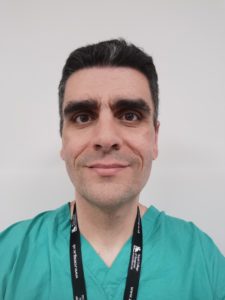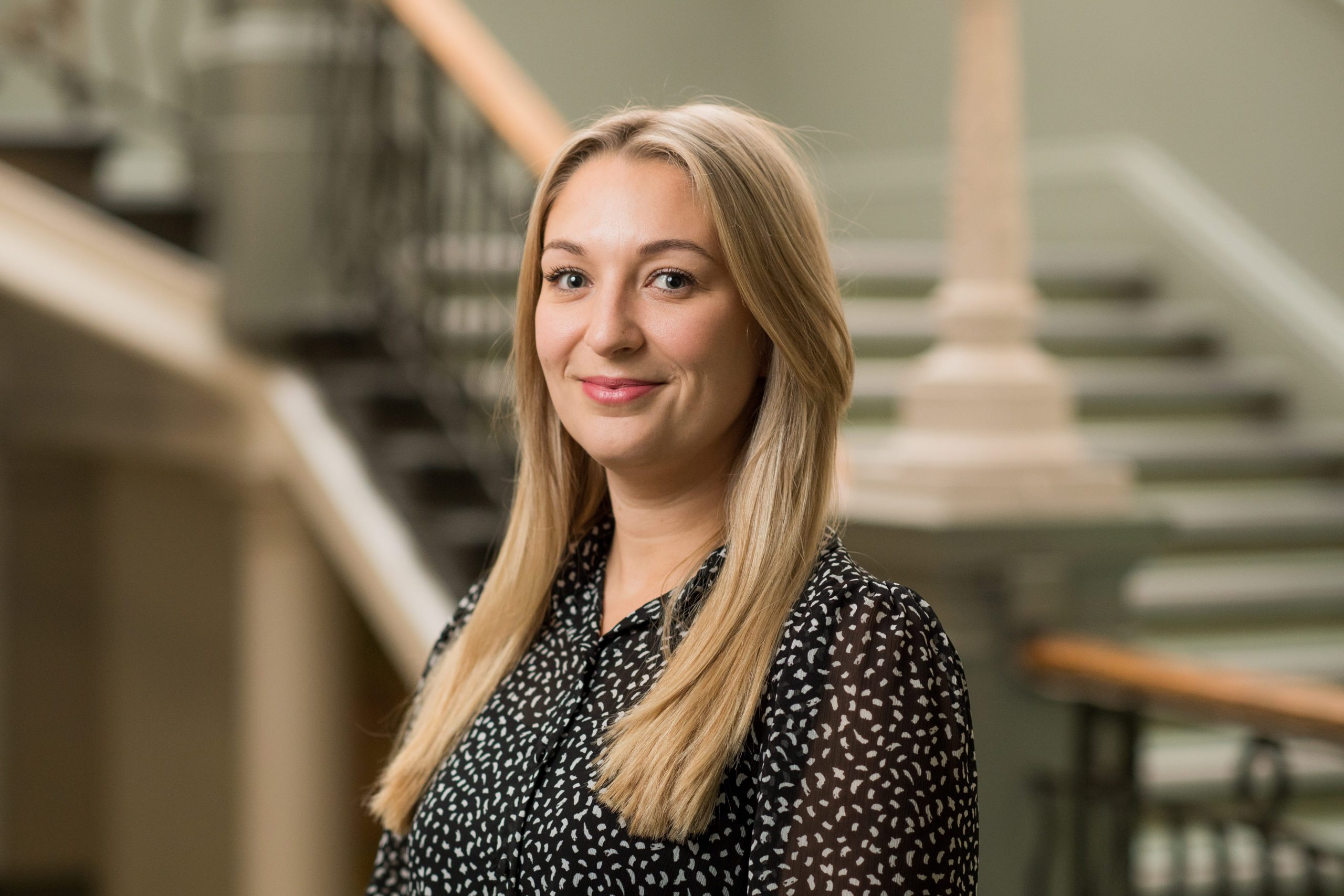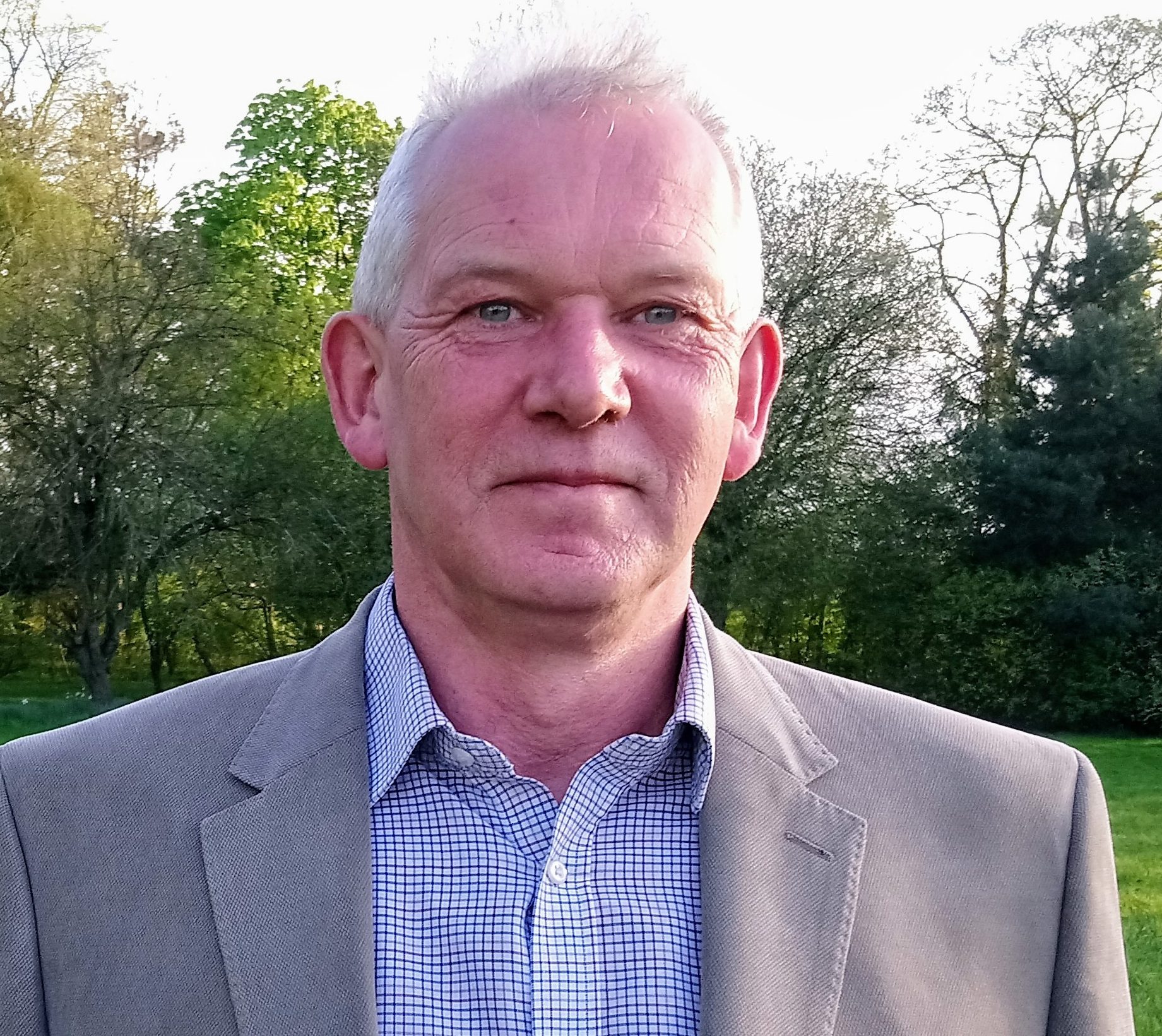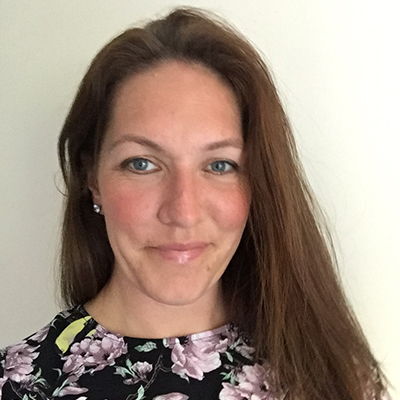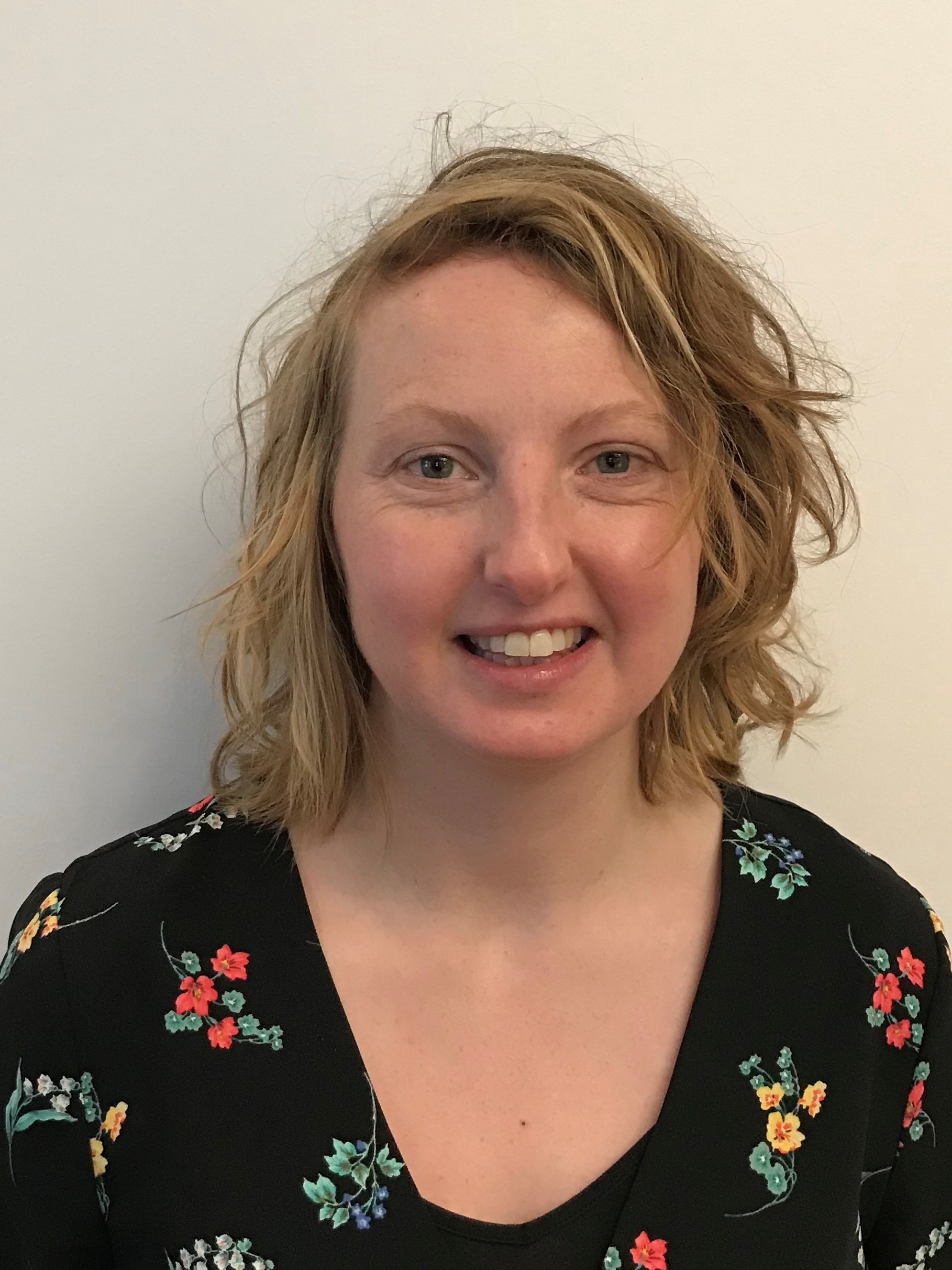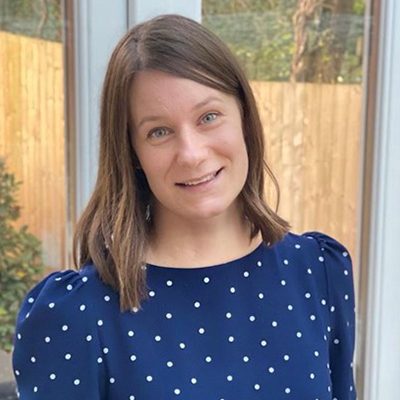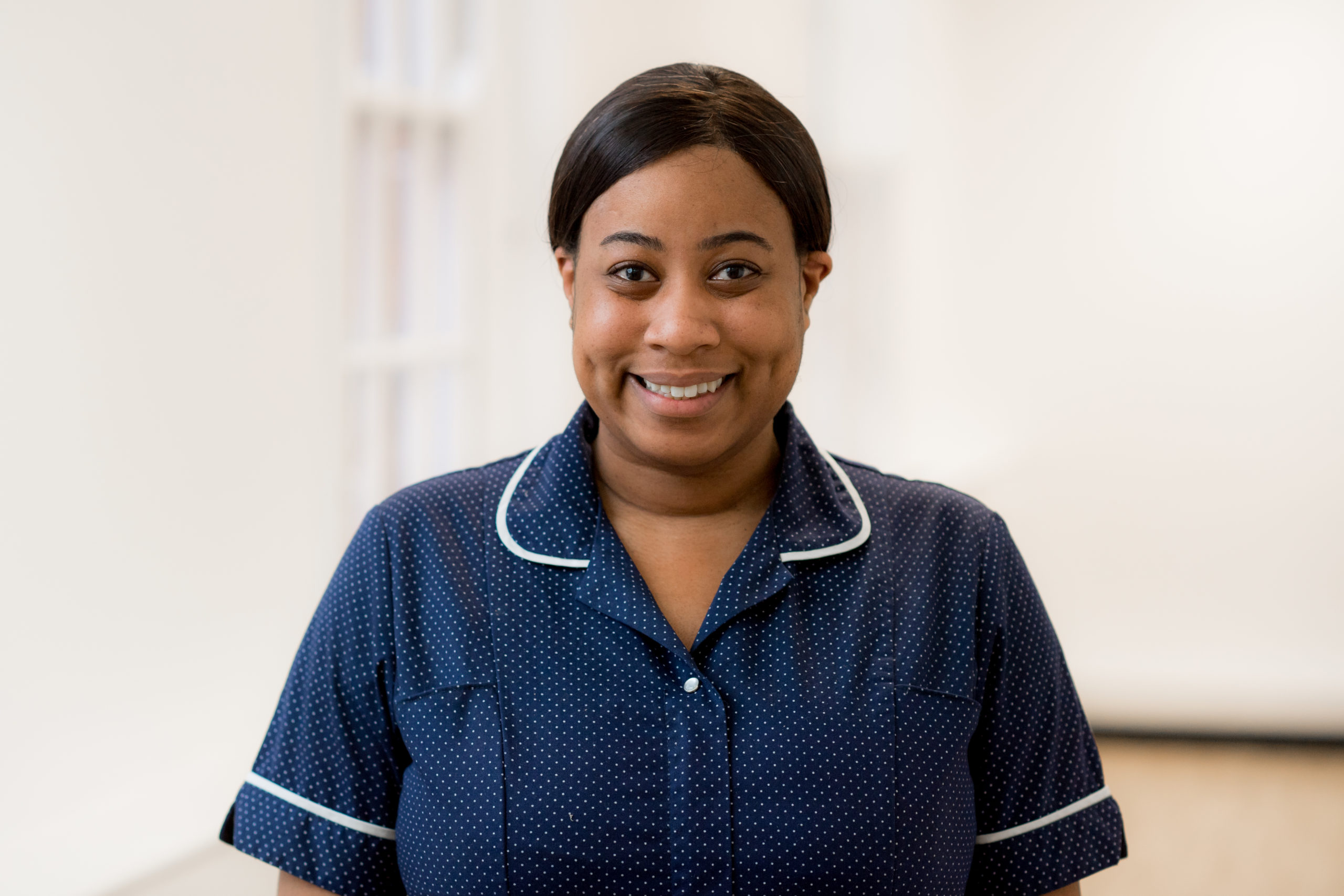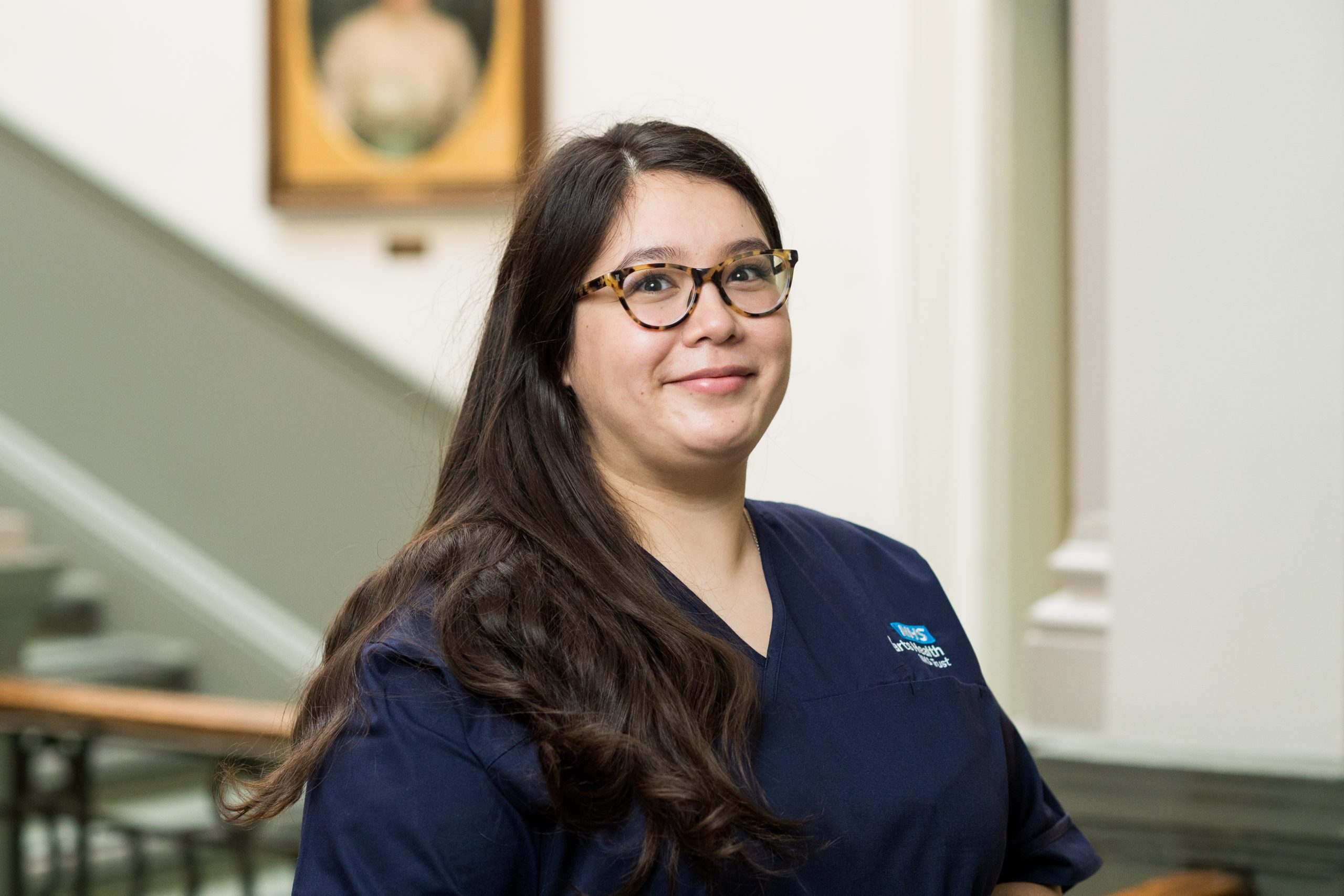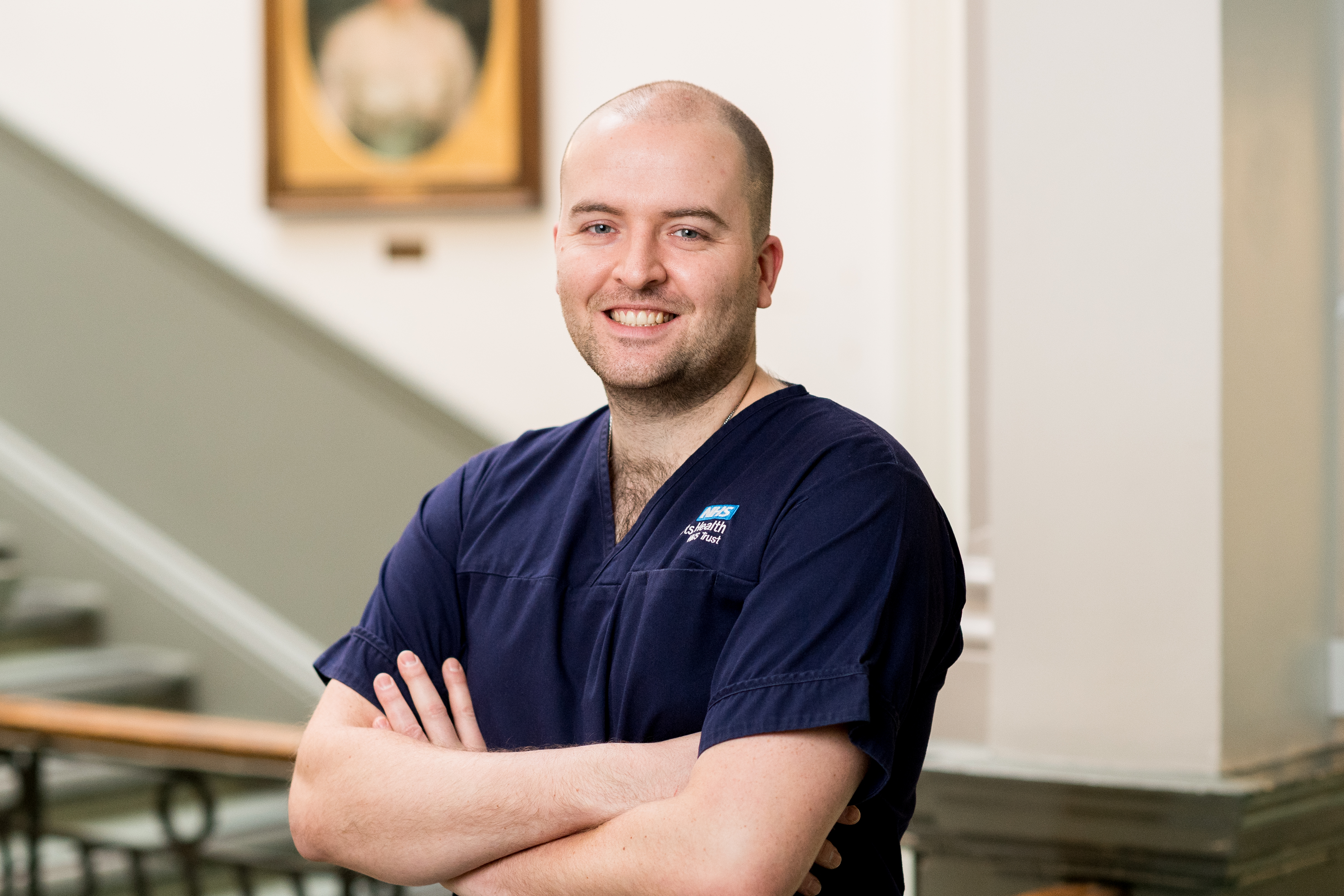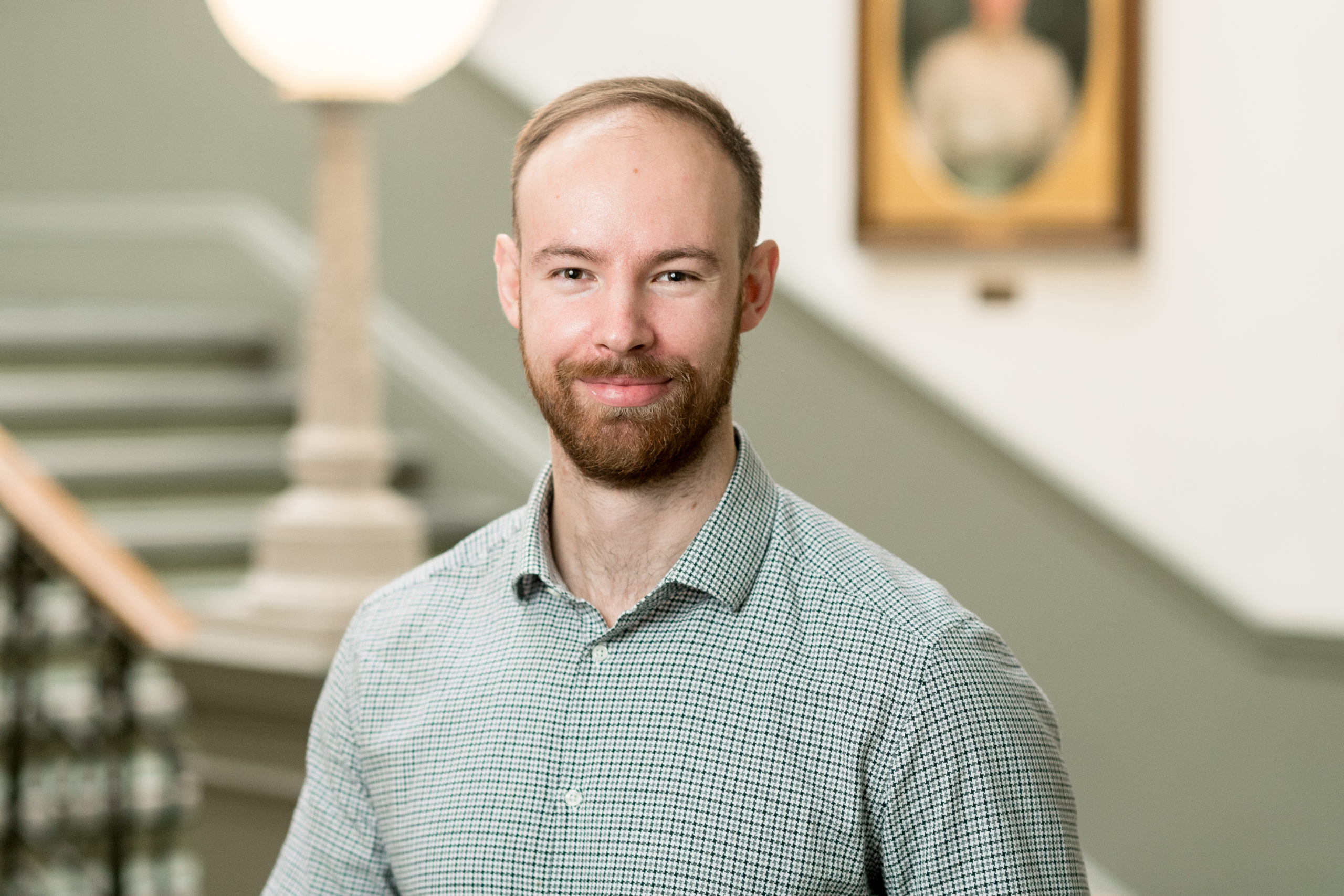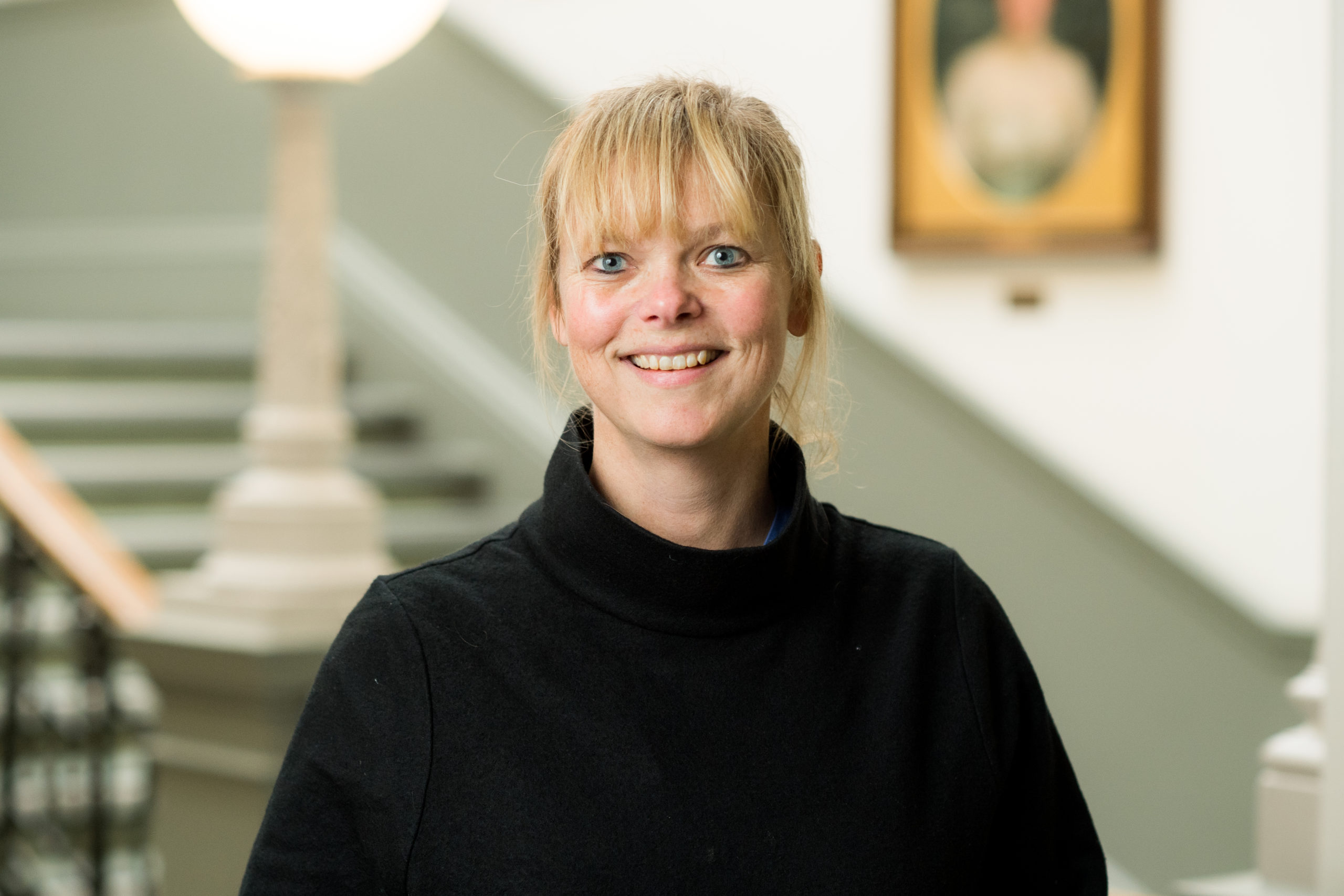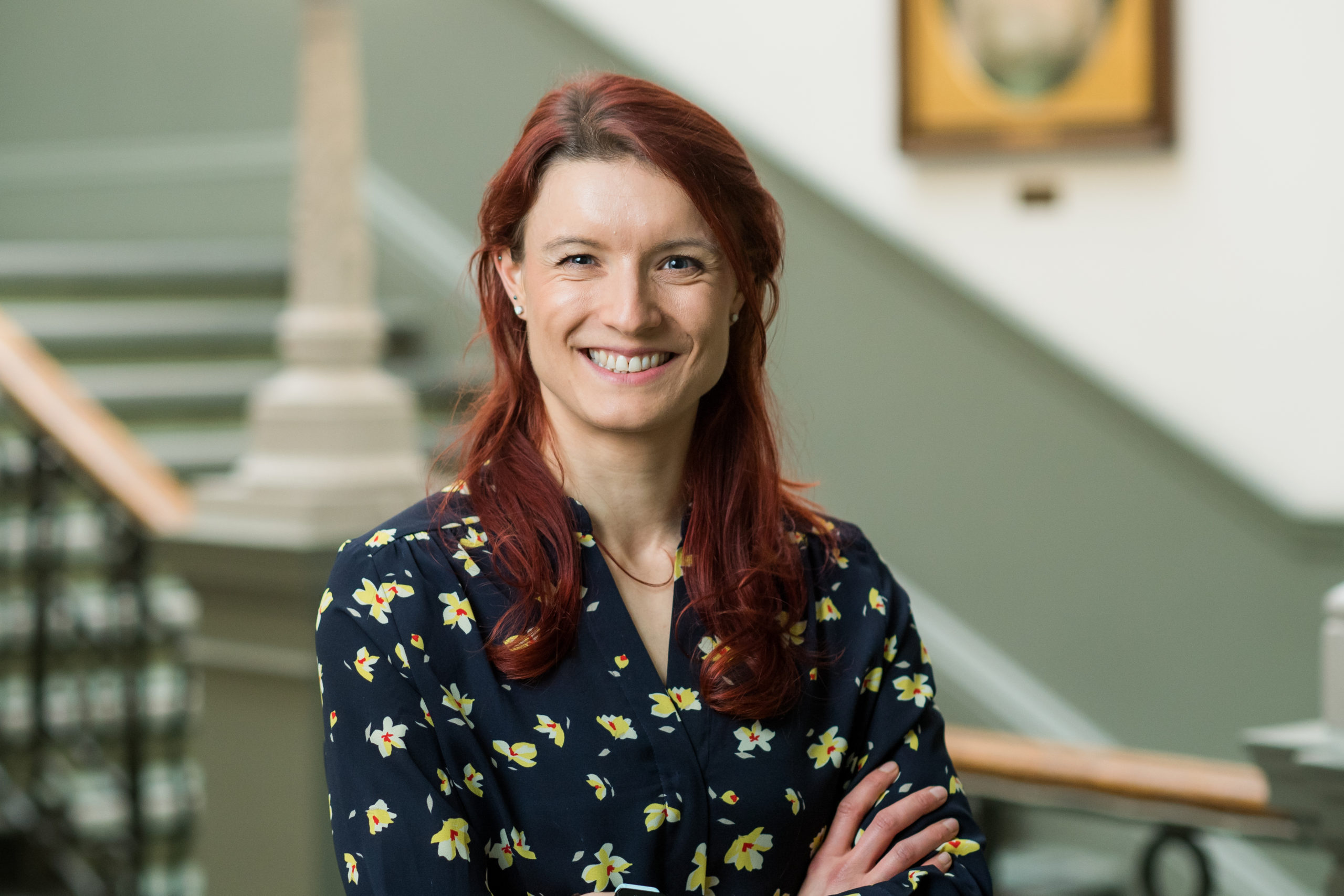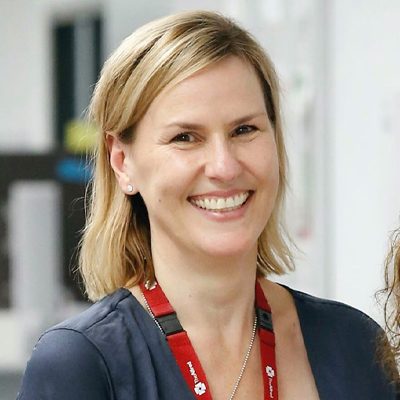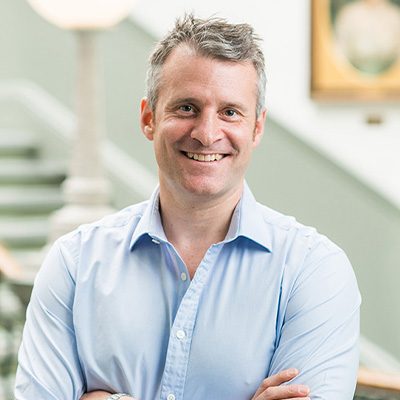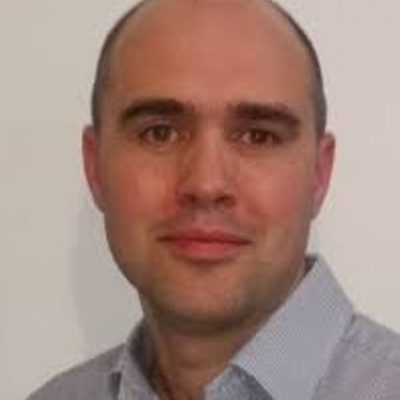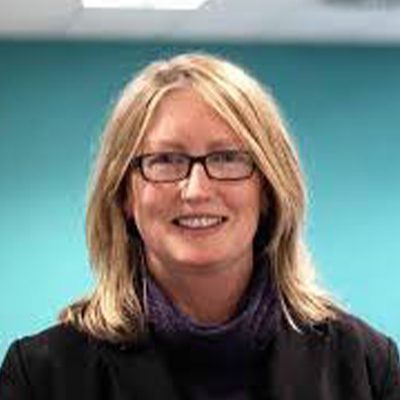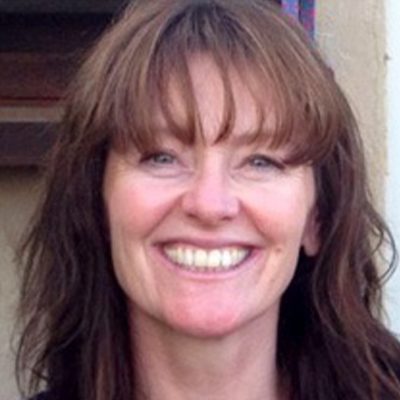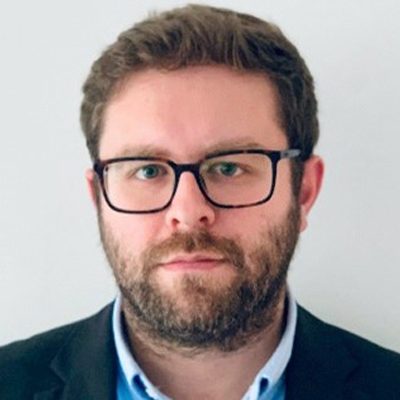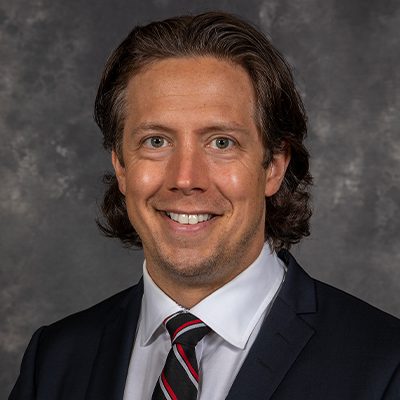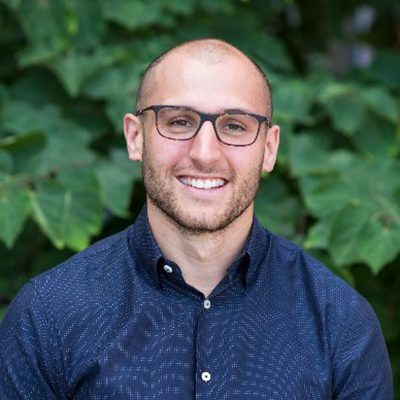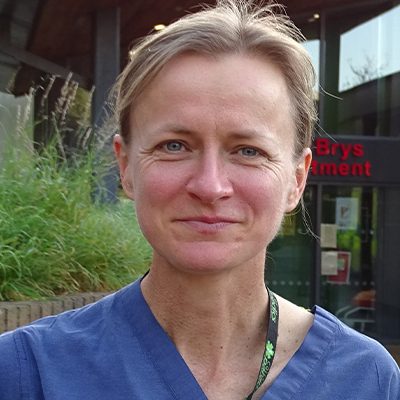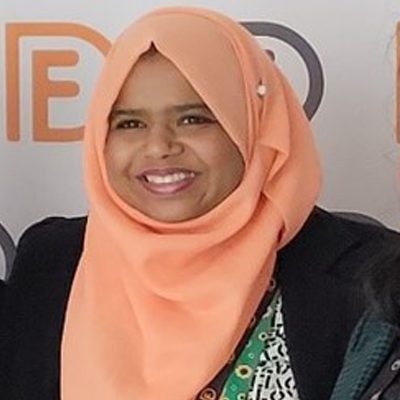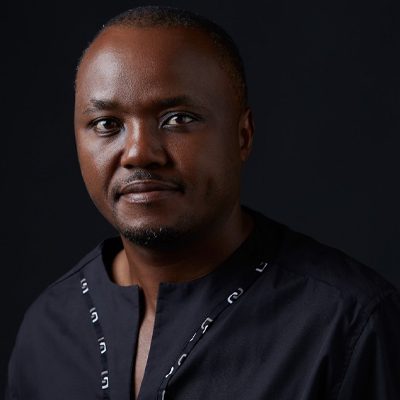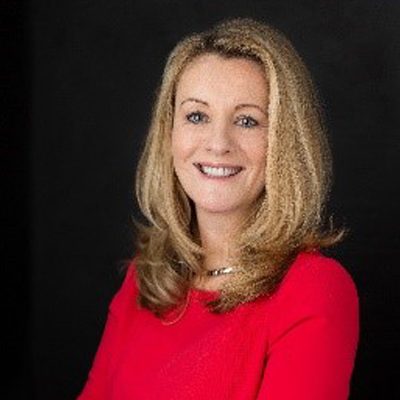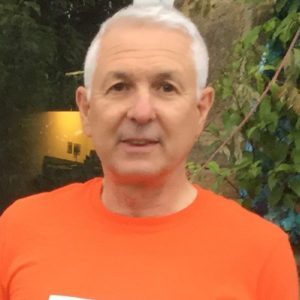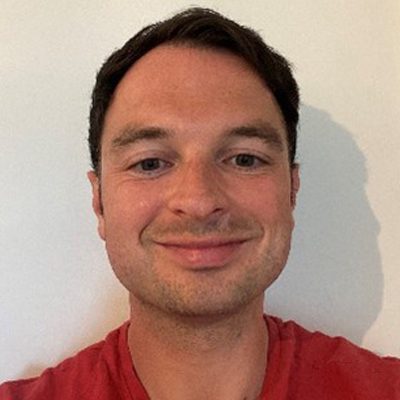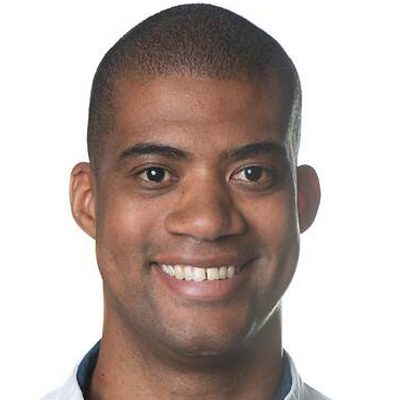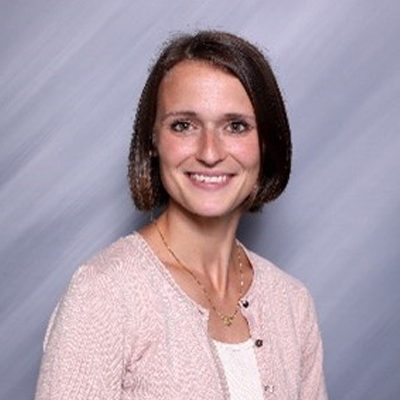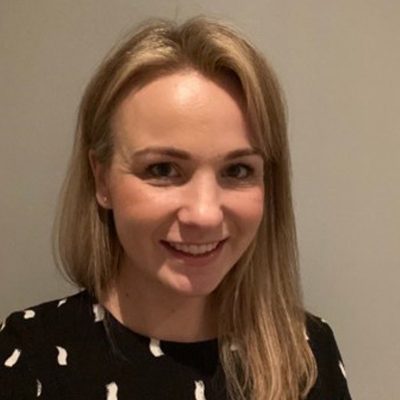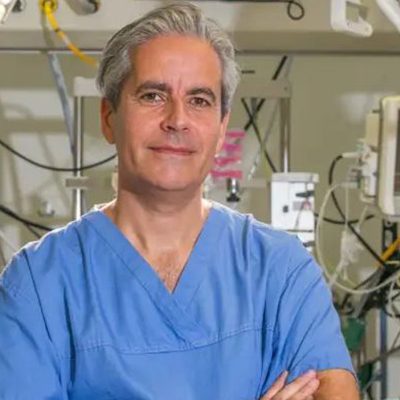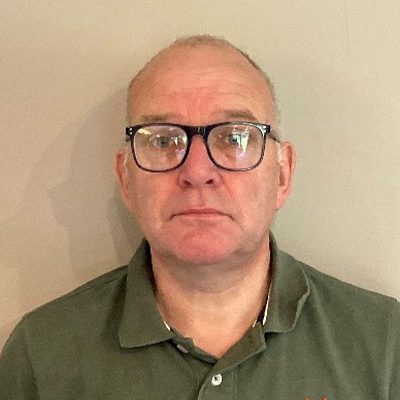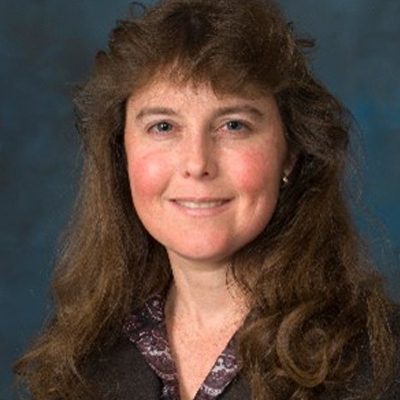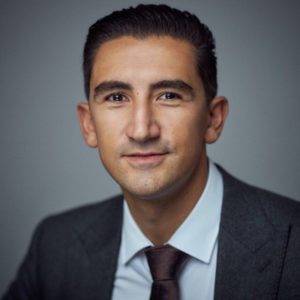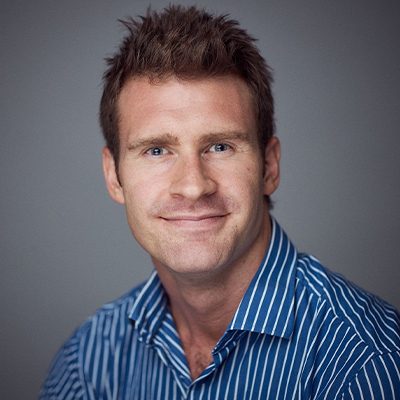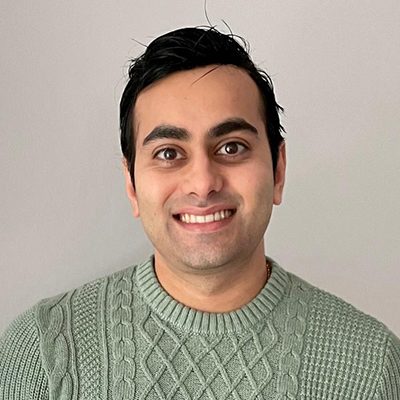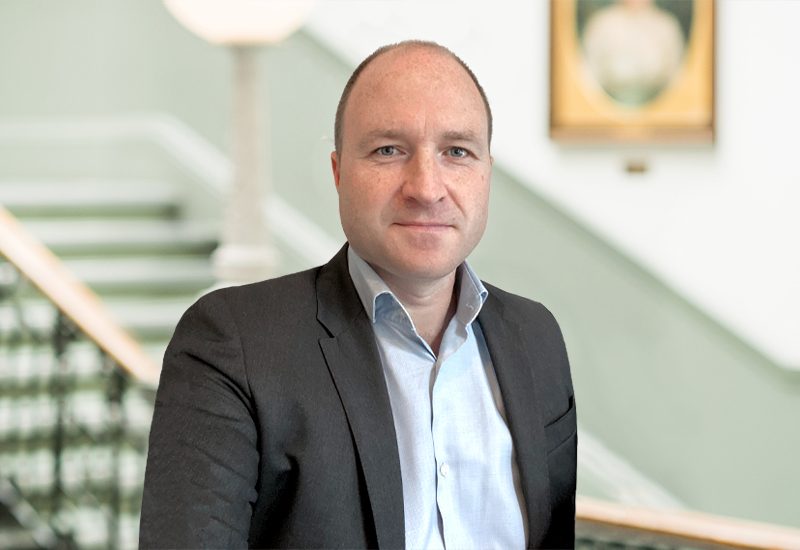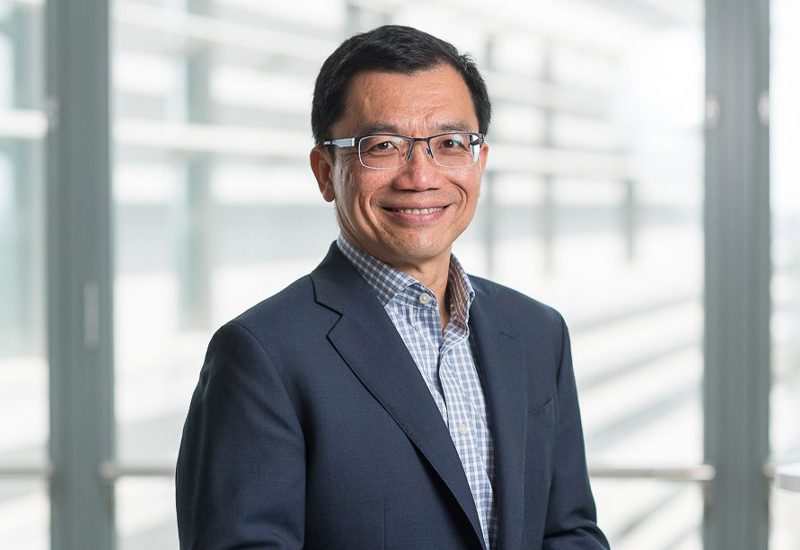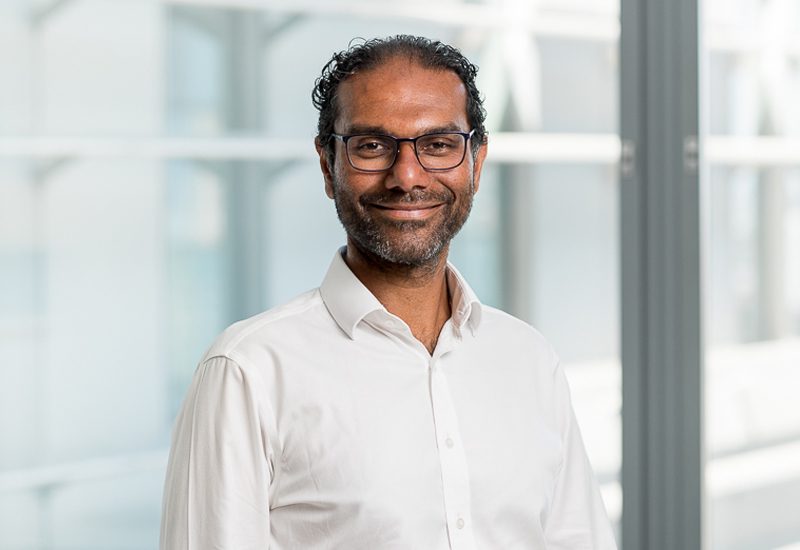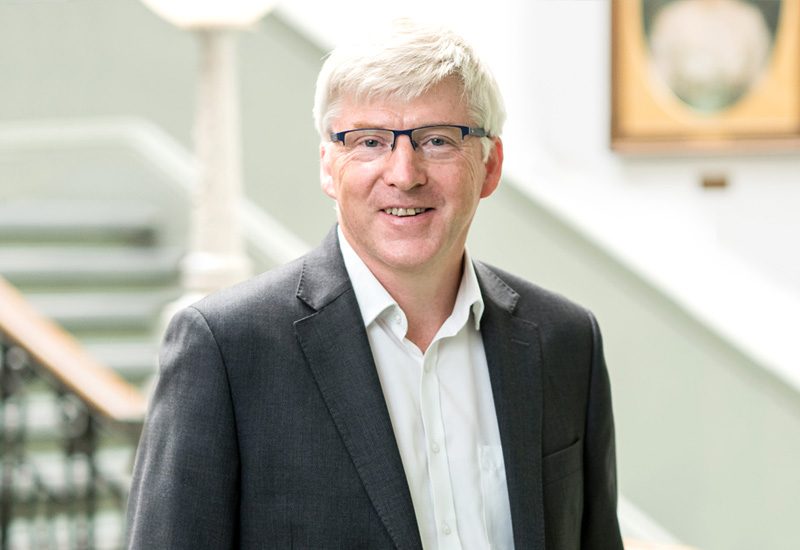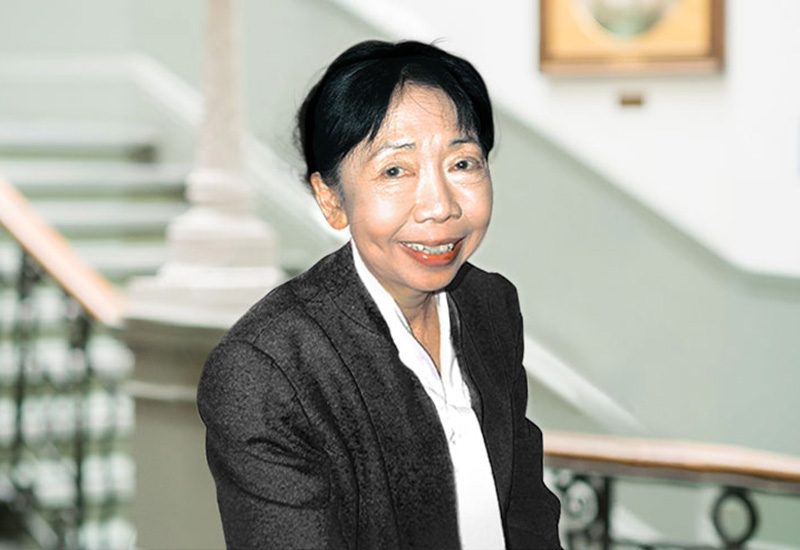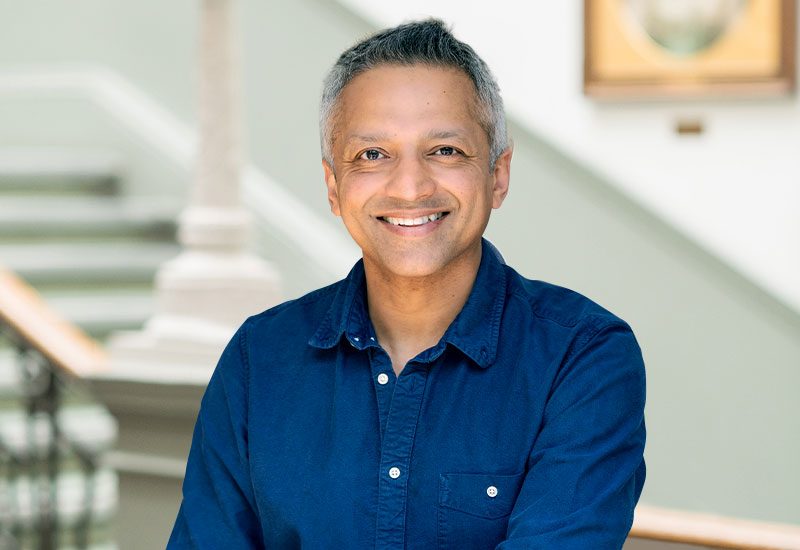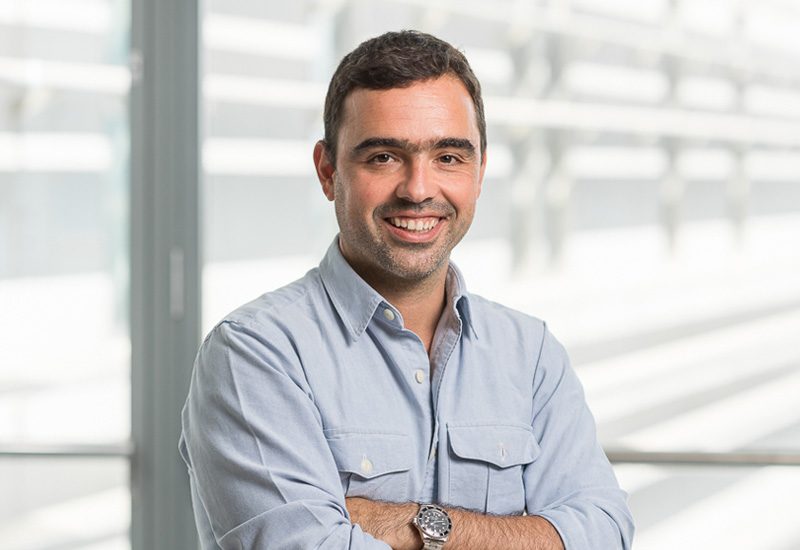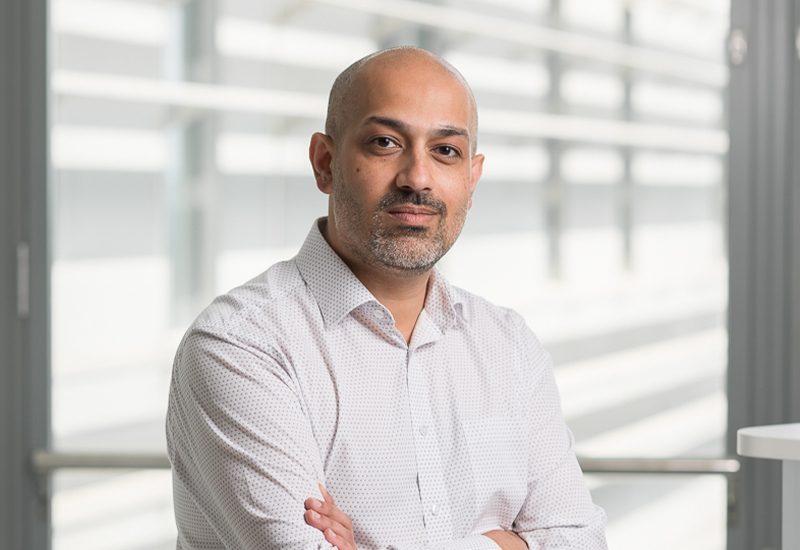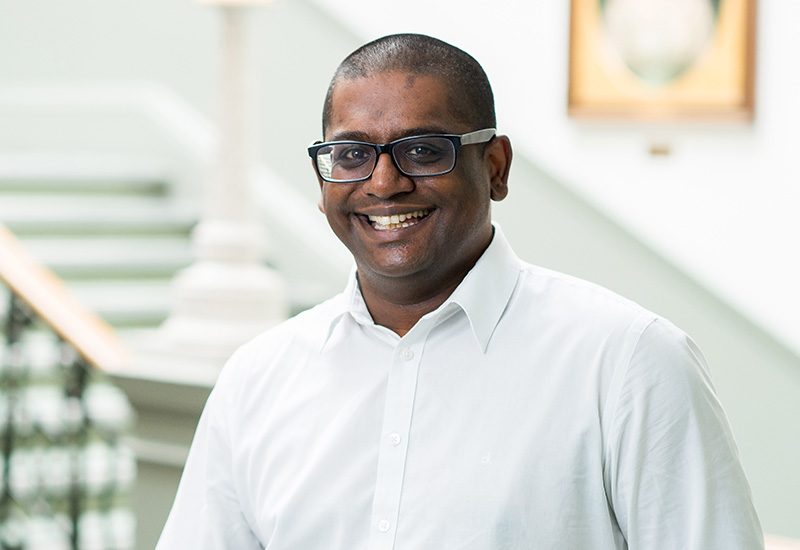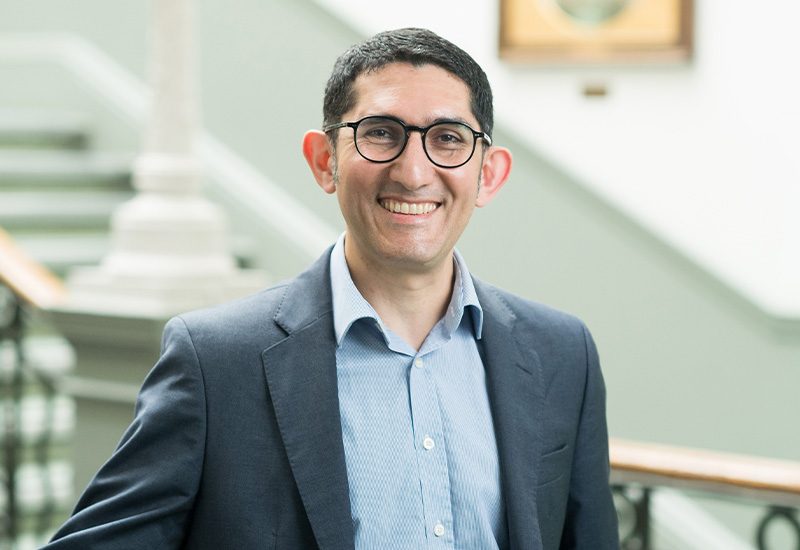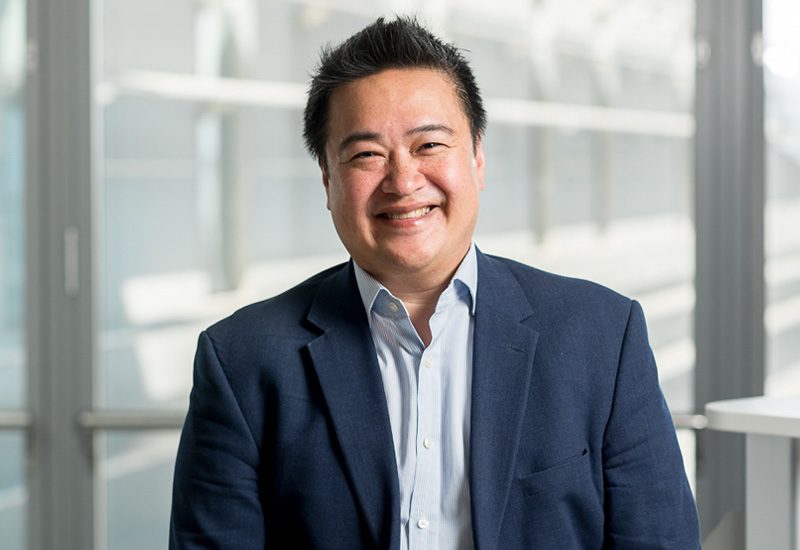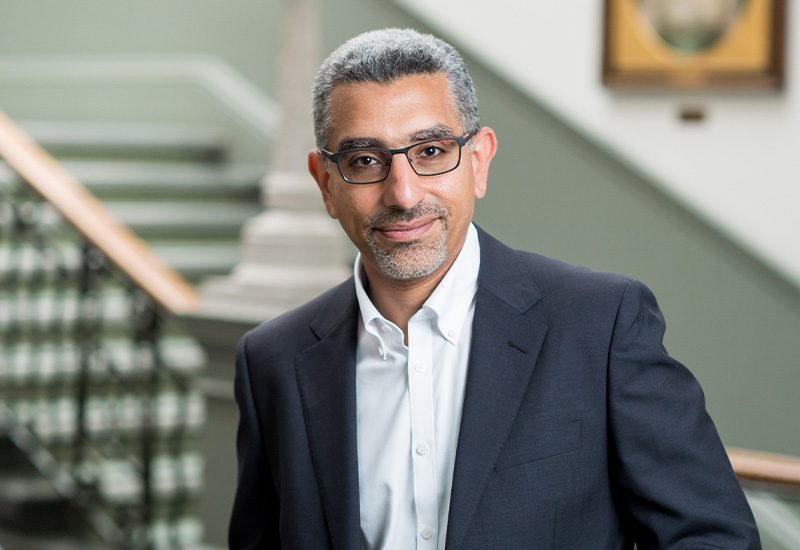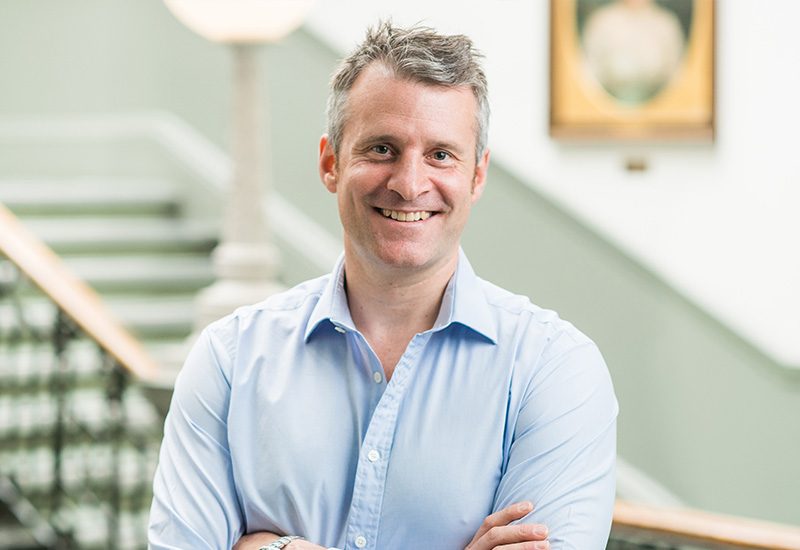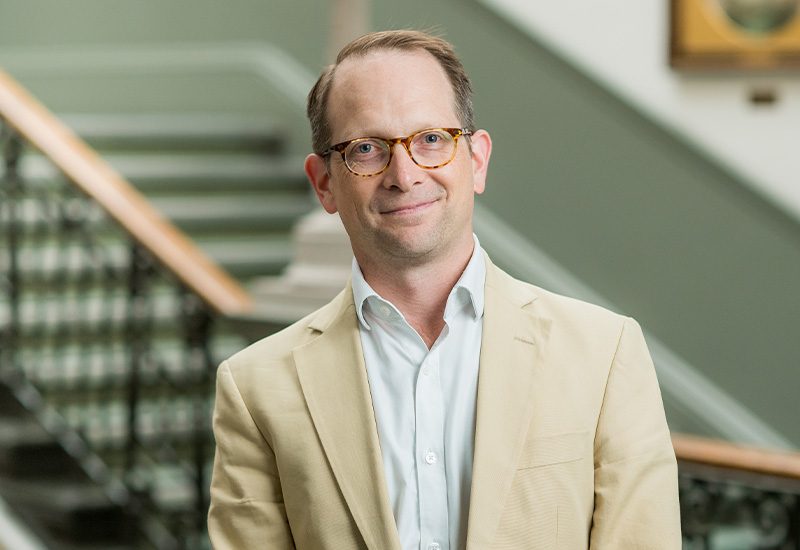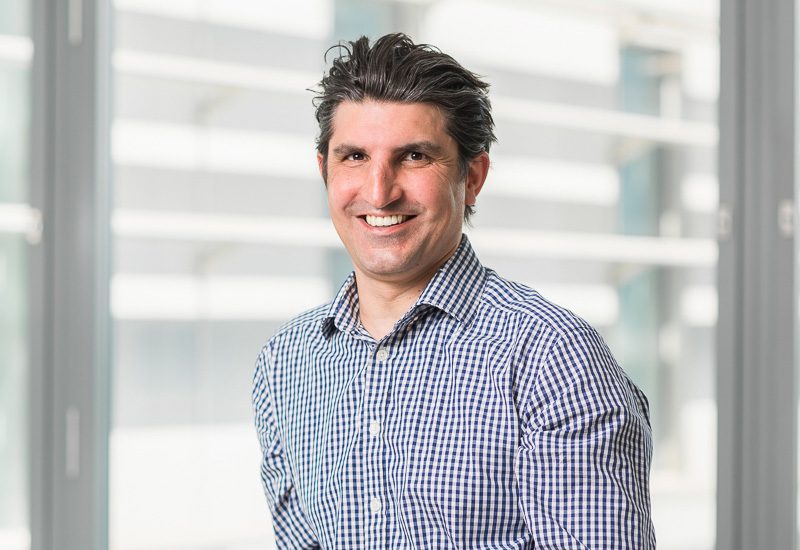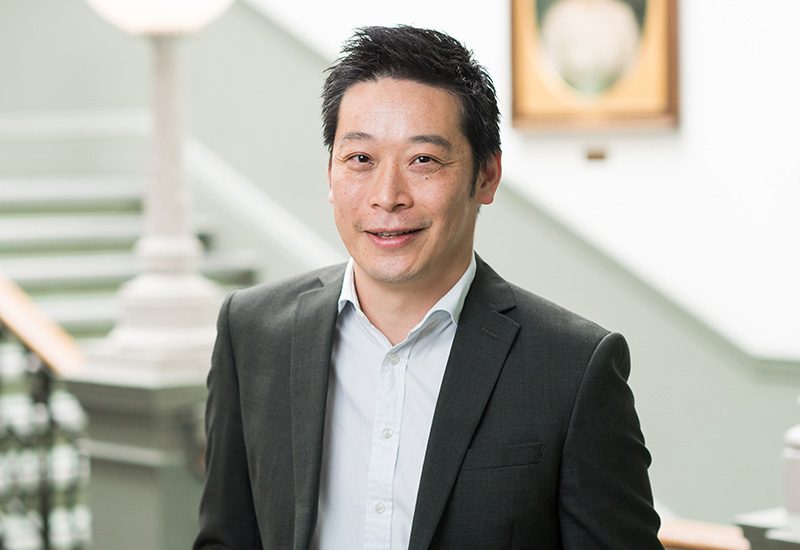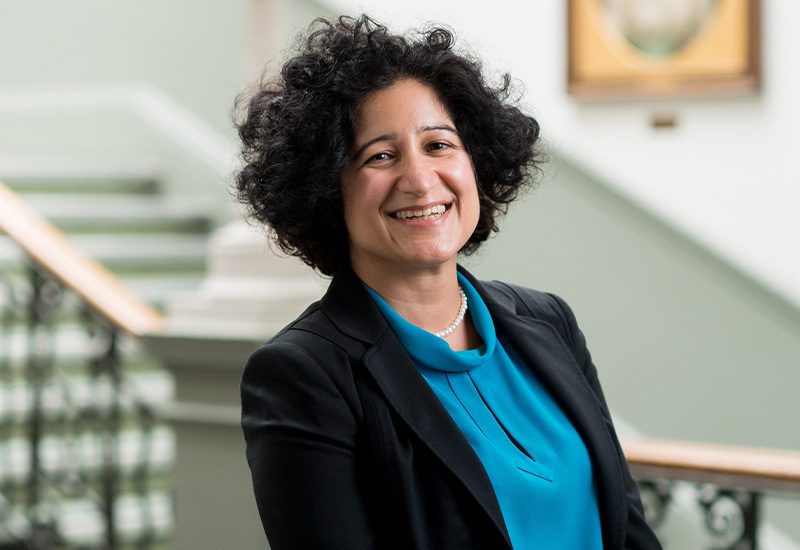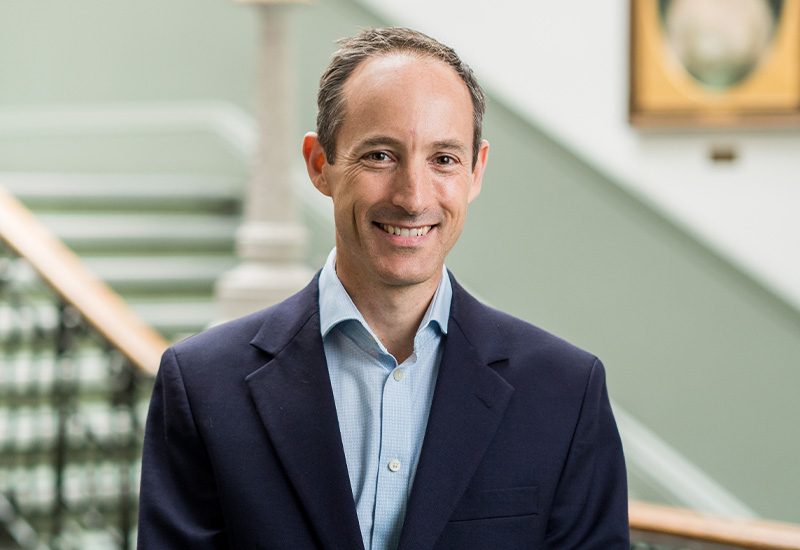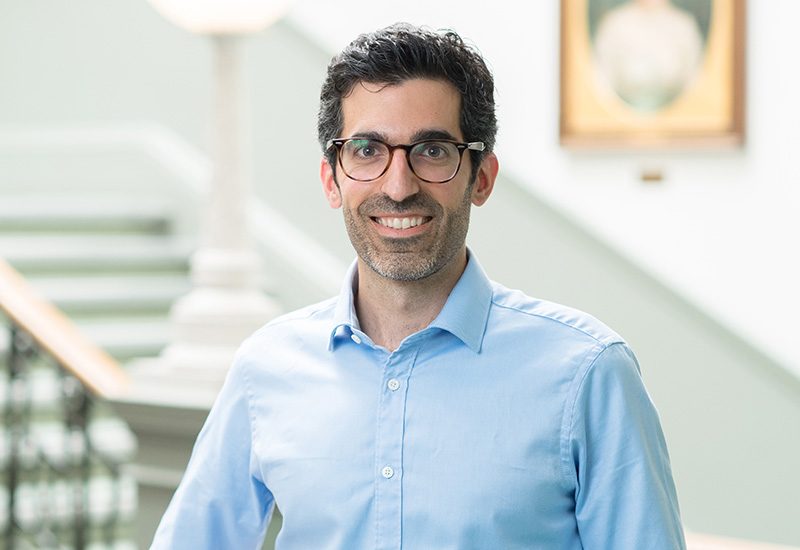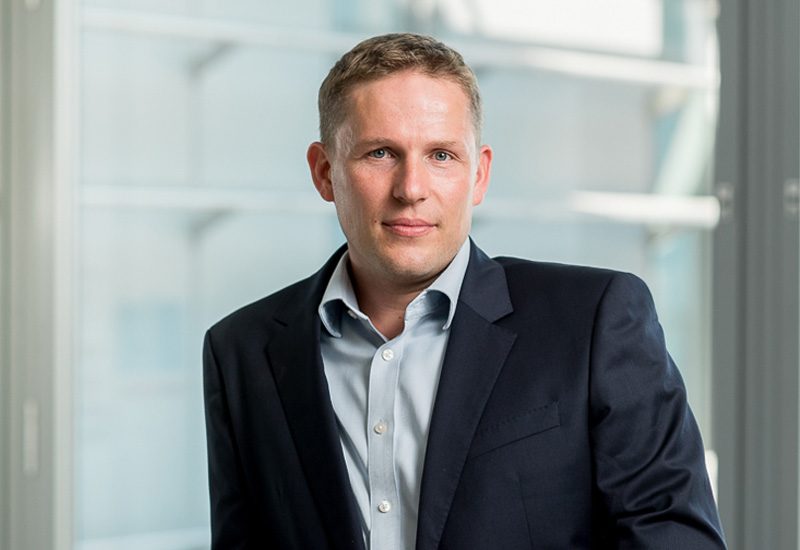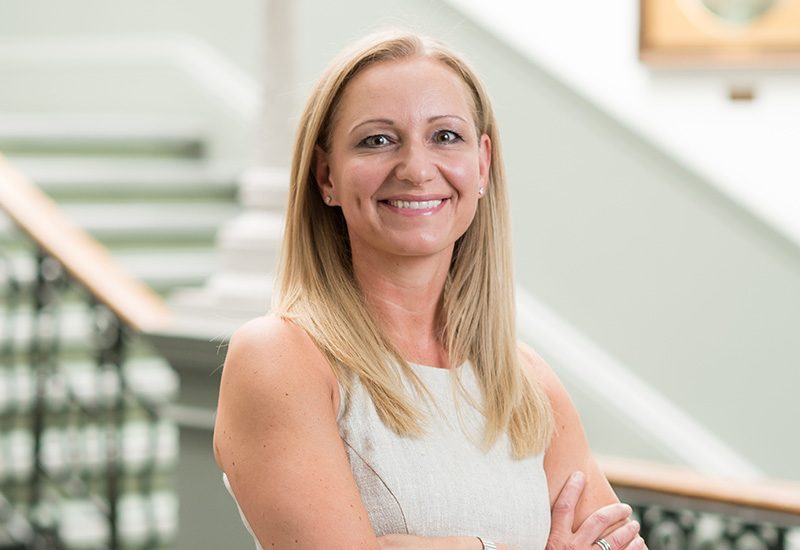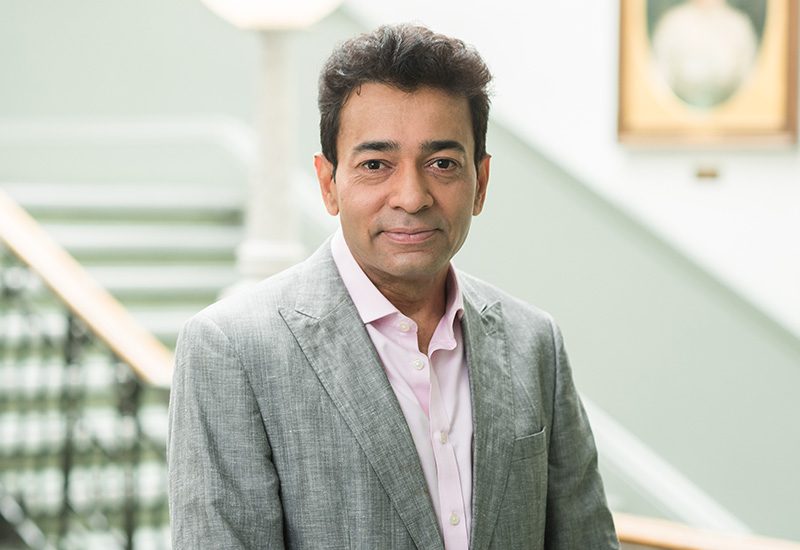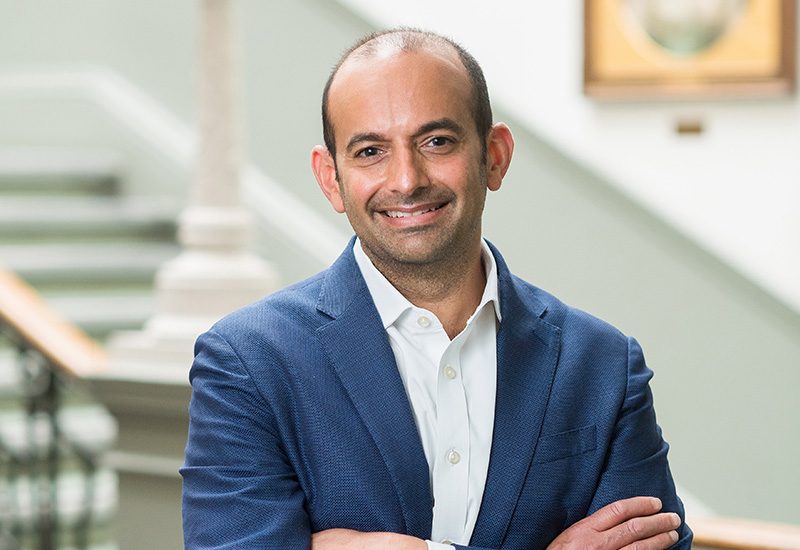Structured Tailored Rehabilitation After Hip Fragility Fracture:
The ‘STRATIFY-HIP’ Feasibility Randomised Controlled Trial
Background
Globally, an estimated 4.5 million people will fracture their hip in 2050. Even with surgery, 30% of patients die within a year. Among survivors, 25% never walk again and 22% change from living at home to a nursing home. Rehabilitation assists patients ‘to achieve and maintain optimal functioning’. Yet, there is limited evidence to guide effective rehabilitation after hip fracture. This uncertainty may be due to differences between patients. A stratified approach could improve outcomes by tailoring rehabilitation to patient needs. Hip fracture survivors describe a tailored approach as key to recovery. Further, the NHS recommends a stratified approach as central to healthcare progress.
Summary
We developed a stratified approach to rehabilitation after hip fracture for patients at low-, intermediate- and high-risk of poor outcomes. We will investigate whether it is possible for the NHS to deliver a stratified intervention for older adults with hip fracture.
We will invite 60 people aged 60 years or more who had an operation to fix their broken hip to take part. All 60 people will get usual care provided locally. Half, selected by chance, will get extra rehabilitation designed for their needs (low, medium, high) during their hospital stay.
The interventions were designed with patients and carers, healthcare professionals working in the hospital setting, health services researchers and statisticians.
If the approach is possible, it will be tested in a larger study with lots of people to see whether it supports people to get better more than what the NHS currently provides.
Aims & Objectives
The overarching purpose of this work is to determine the clinical- and cost-effectiveness of adding a stratified care intervention to usual care designed to improve outcomes of rehabilitation care for older adults after hip fracture. Several uncertainties will first be addressed through a randomised feasibility trial.
The primary objective of this feasibility and pilot randomised trial is to determine the treatment fidelity of the proposed intervention.
Secondary objectives seek to determine:
- Count of screened, eligible, approached, recruited, and retained participants and carers.
- The acceptability of the intervention to participants, carers, and therapists.
- Barriers and enablers to intervention delivery.
- Acceptability, completeness, and descriptive comparison of patient reported outcome data collection.
- Count of inadvertent unblinding of outcome assessors.
- Count of AE and SAE.
7. Indicative sample size for a definitive trial
Study Design
This is a feasibility parallel arm pragmatic single centre randomised controlled pilot trial with an embedded qualitative study.
Everyone will receive usual care. Usual care includes physiotherapy and occupational therapy from the day after the operation to the point of leaving the hospital ward. The focus of usual care is on being able to leave the hospital ward safely.
Half of participants assigned to the intervention group will receive additional rehabilitation which will start within 3-days of their operation and continue until they leave the hospital ward. We will follow-up participants one week and twelve weeks after they are discharged.
funded by

UKRI Future Leaders Fellowship
Our Team
Prof. Katie Sheehan, Queen Mary University of London
Prof. Catherine Sackley, Queen’s Medical Centre
Dr. Salma Ayis, King’s College London
Dr. Aicha Goubar, King’s College London
Ms. Anna Ferguson Montague, PPI representative
Ms Stefanny Guerra, Queen Mary University of London
Dr. Emma Godfrey, King’s College London
Prof. Nadine Foster, University of Queensland
Prof. Ian D Cameron, The University of Sydney
Prof. Finbarr Martin, King’s College London
Prof. Celia Gregson, University of Bristol
Prof Nicola Walsh, University of the West of England
GET IN TOUCH
If you would like to find out more about opportunities to drive our research, please email us.
